I had been to Manchester when I was about 20, but I didn’t remember much about it. All I can say is that the area has definitely changed, and a building boom in Manchester, started, in part, by the IRA bombing of 1996, but accelerating through 2018, where condo-style high-rise buildings seem to be going up everywhere. We spent three nights in Manchester, and I found the city much more walkable and interesting than I expected. A lot of our time was spent in the Ancoats and Northern Quarter areas, with much of the first full day was spent visiting some family near Wigan.
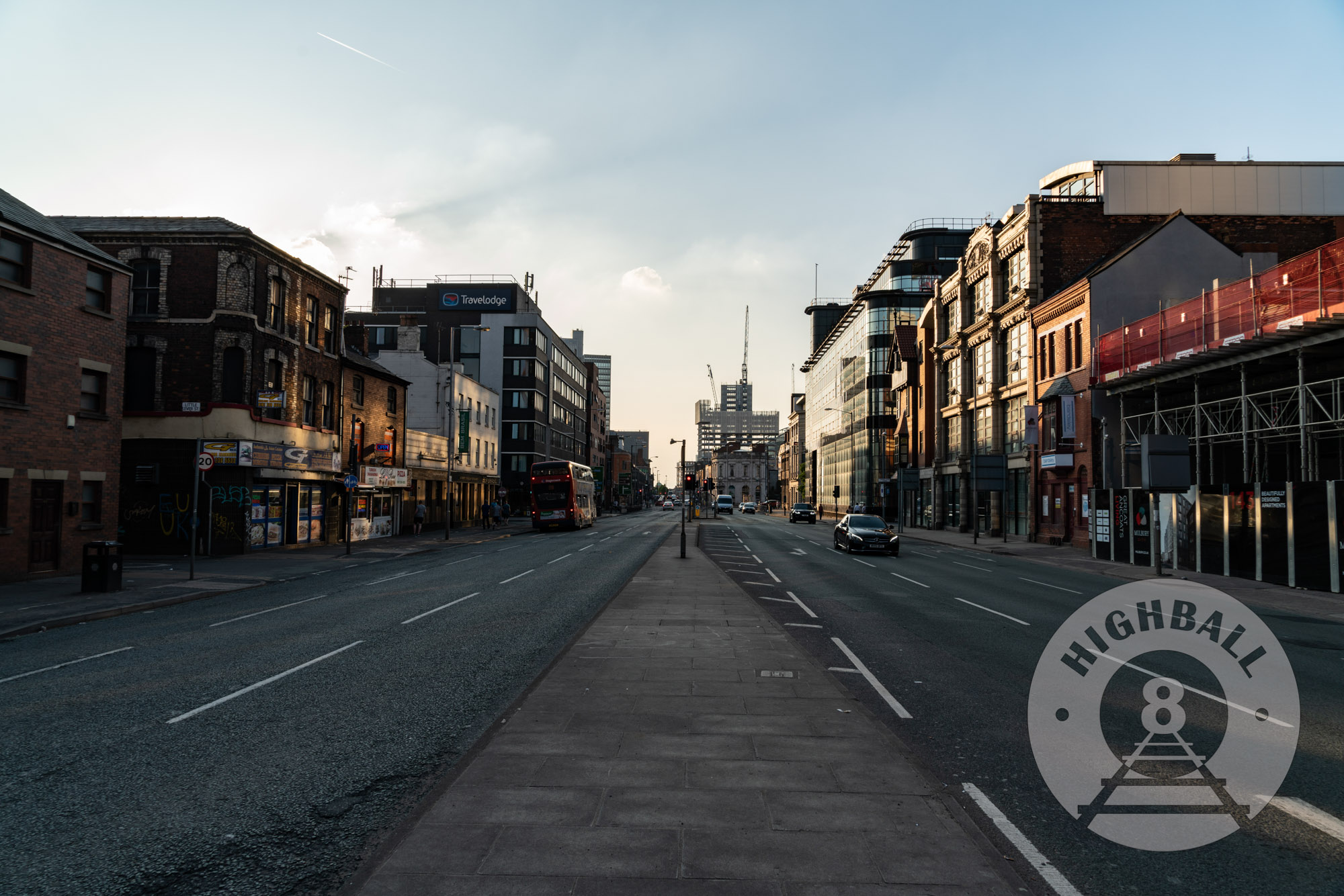
After arriving at Manchester Piccadilly it was a short walk to our Airbnb in the Ancoats area. As soon as I got off the train it was apparent that there were a lot of Manchester City fans around, many of whom were streaming into the train station. I assumed it was just a normal, late-season match (it was the first Sunday in May), but they seemed quite happy. Winning happy, but not won-the-championship happy. I kept seeing them around the town, and checked my phone. It turned out that while they were not yet the 2017-2018 Premiership Champions, they had just clinched the title in a match against Huddersfield Town. The result was nil-nil, but by drawing Huddersfield had avoided relegation, and that was the day’s headline, which I guess means City had been running away with the championship for a while. So we saw something of a celebration on the streets of the Northern Quarter, but a muted one.
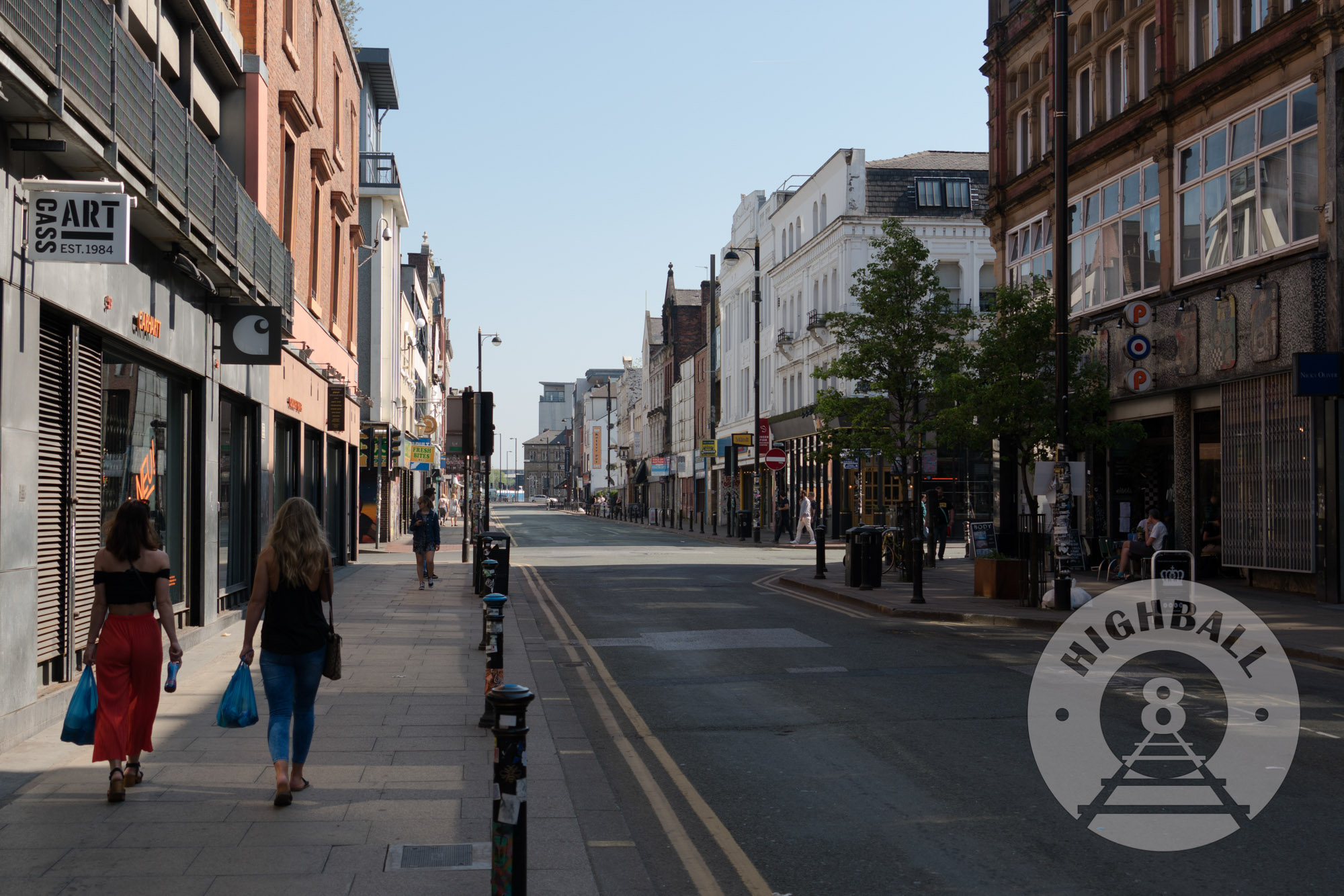
The Greater Manchester Police Museum was a very pleasant surprise. We found it while wandering around Ancoats and its side streets. It is an older building with a tall exhaust tower, which makes it stand out. It was closed when we passed by, but we noted that it was free and came back two days later. The original plan was just to run through the exhibits in about 15 minutes because we had a full day, but we were soon chatting with two of the museum staff, which is made up almost entirely of retired members of the force, including traffic wardens, administrative staff, etc. When one volunteer, I believe a former soldier and traffic warden, asked me where I was from, and I told him I was American, he quickly pulled out his phone and started scrolling through all of his photos. “Look, we have a statue of your president” he said, turning the phone to face me. It was a statue of Abraham Lincoln.
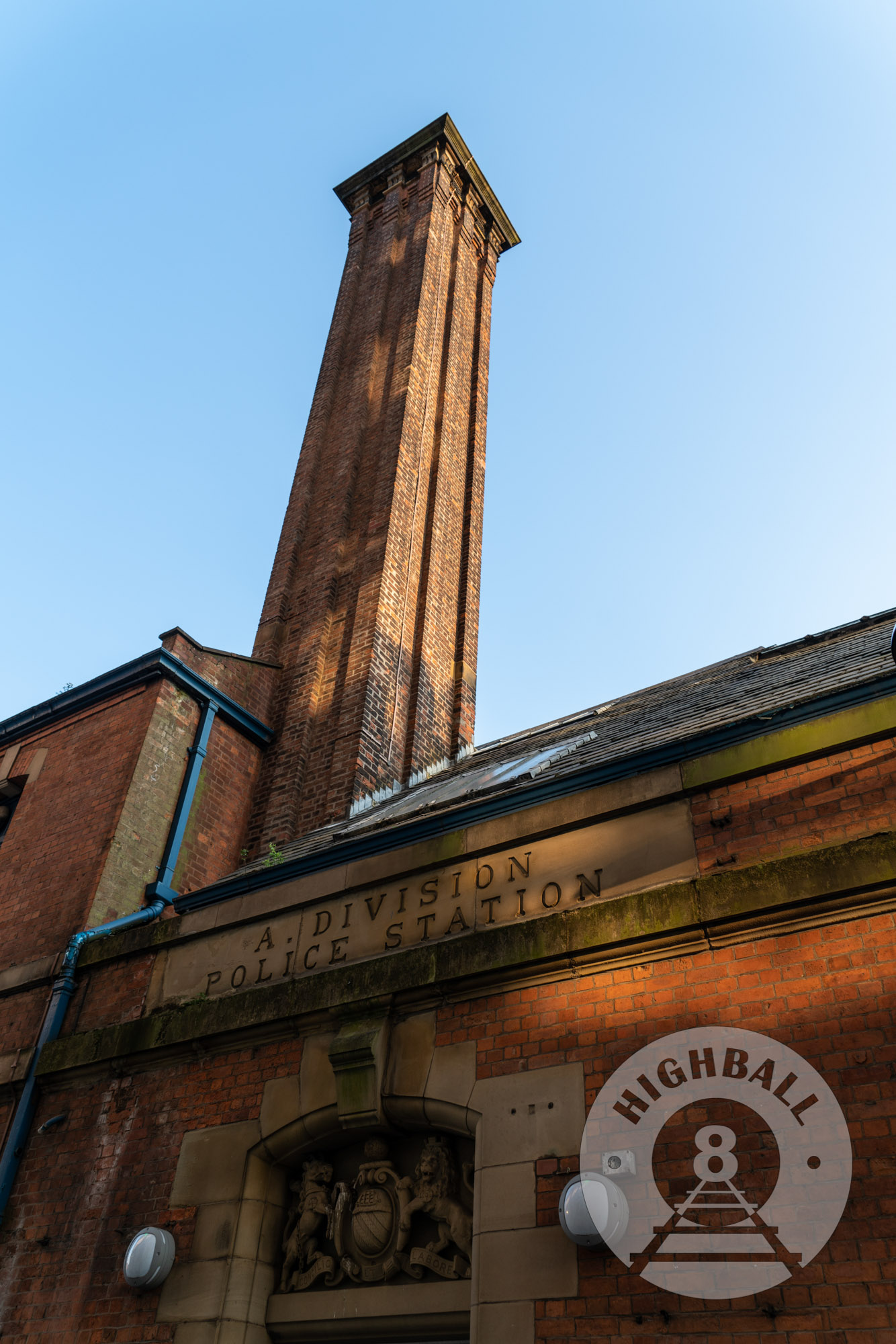
Another volunteer, a woman, came over. I told the two of them that both Manchester and Liverpool had been very important players in the Civil War, especially since Southern cotton had been essential for feeding the Lancashire mills, and those shipments had come through Liverpool, where the Confederates also sought to have warships built. One result of the Union blockade of Confederate shipping was that Lancashire’s mills were starved of cotton. The woman said that in addition to the blockade, the Lancashire workers had refused to work with Southern cotton. My mention of Liverpool as a more pro-Confederate city prompted her to say that she hated Scousers (apparently they both did). Both the man and the woman mentioned they both had Irish ancestry, saying that around the time of the Famine many Irish came to Manchester and the Ancoats area in particular. (“Before it was Little Italy, it was Irish,” she said of Ancoats.)
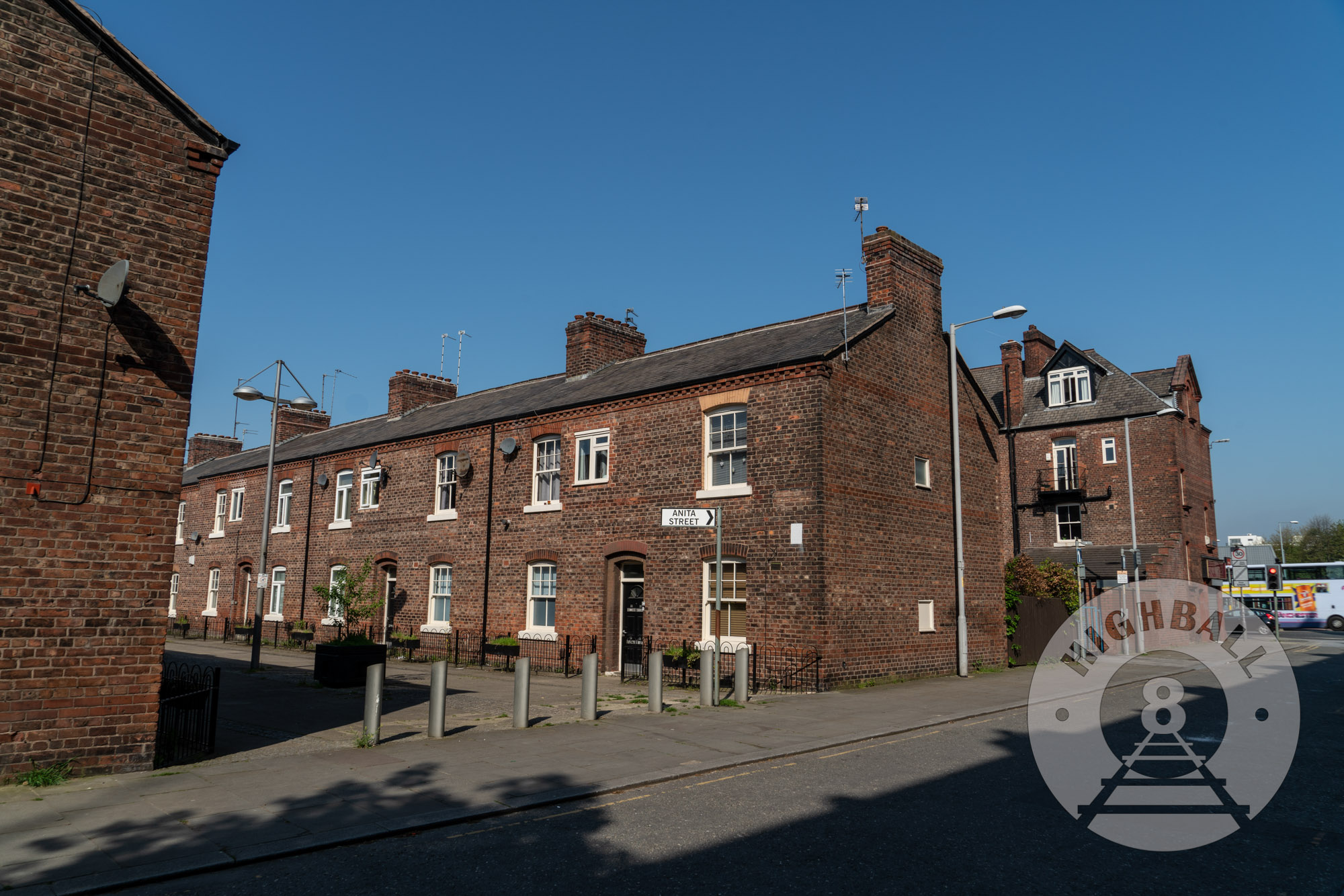
She told us about the Ancoats Hospital, one of the world’s first charitable hospital, open to the public. It turns out we were staying around the corner from the site of the hospital. It was under development (yet another high-rise), but the developer has been forced to keep the facade.
We learned a lot about Manchester, its history, and its people from the museum volunteers, and they encouraged us go upstairs to see a recreated Magistrates Court, where Sergeant John went into great detail about the operation of the court before insisting that we had some photos taken with him.
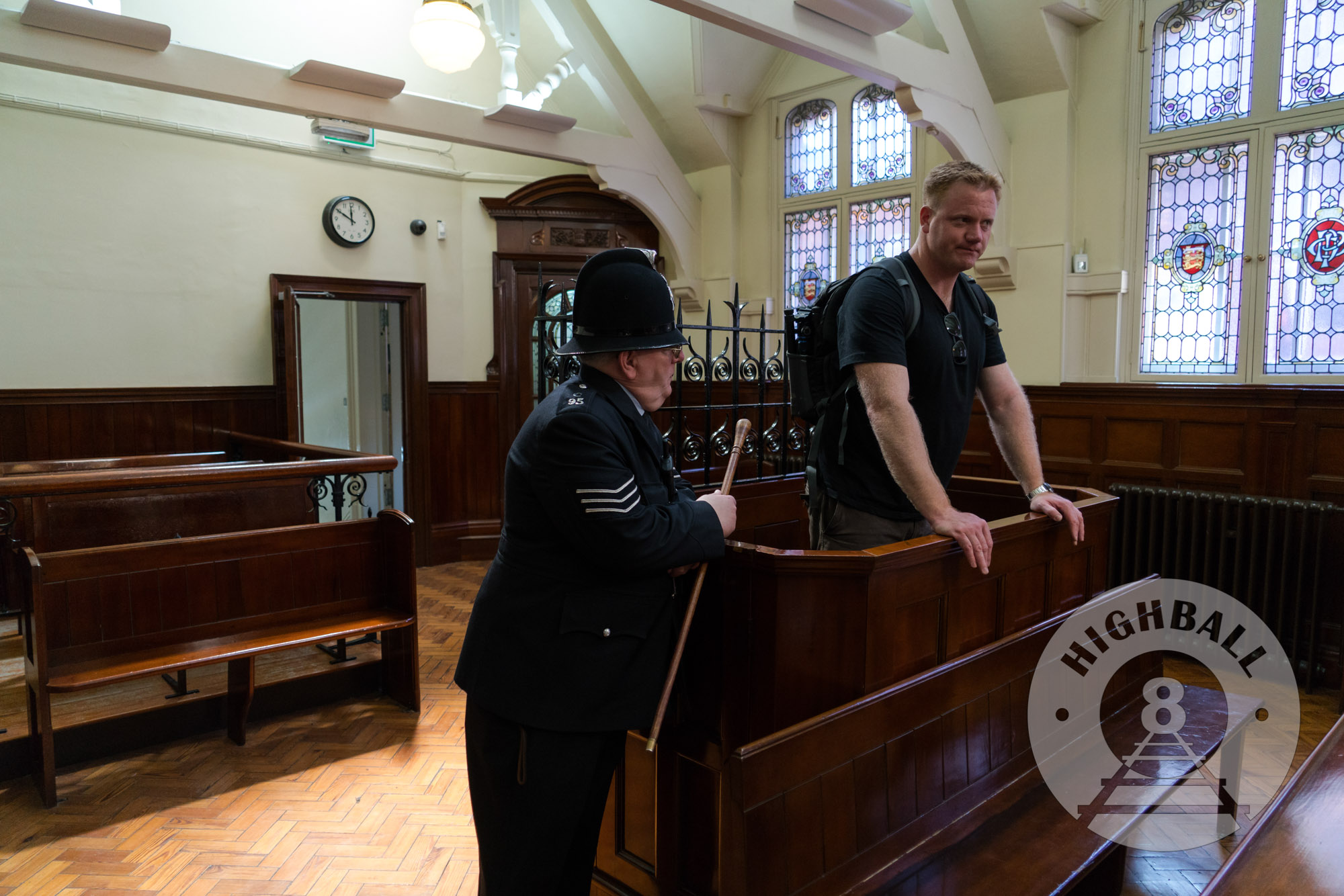
After leaving the museum we walked straight to Lincoln Square and the statue. Adjacent to the statue is Saint Mary’s the Hidden Gem, which is both hidden down some side streets just off of the Manchester Town Hall. The volunteers at the police museum told us about the history of the church, which opened in 1794 (before Catholic Emancipation in 1829). We were told that worshippers were once harassed after leaving the church. We were also told that years later, Catholic members of the police force were allowed time off in the middle of their shifts to go to midnight mass, and would often take advantage of the accommodation to have a few pints in a pub around the corner afterwards. (We did not go into the Hidden Gem as they were holding Mass.)
The Lincoln Statue was dedicated in 1986 the recognize the solidarity of the Lancashire textile workers with the abolitionist cause. I find it very strange that this statue, in this foreign city, so plainly states the facts of what the Civil War was about, when in our own country these ideas are somehow still questioned “debated.”
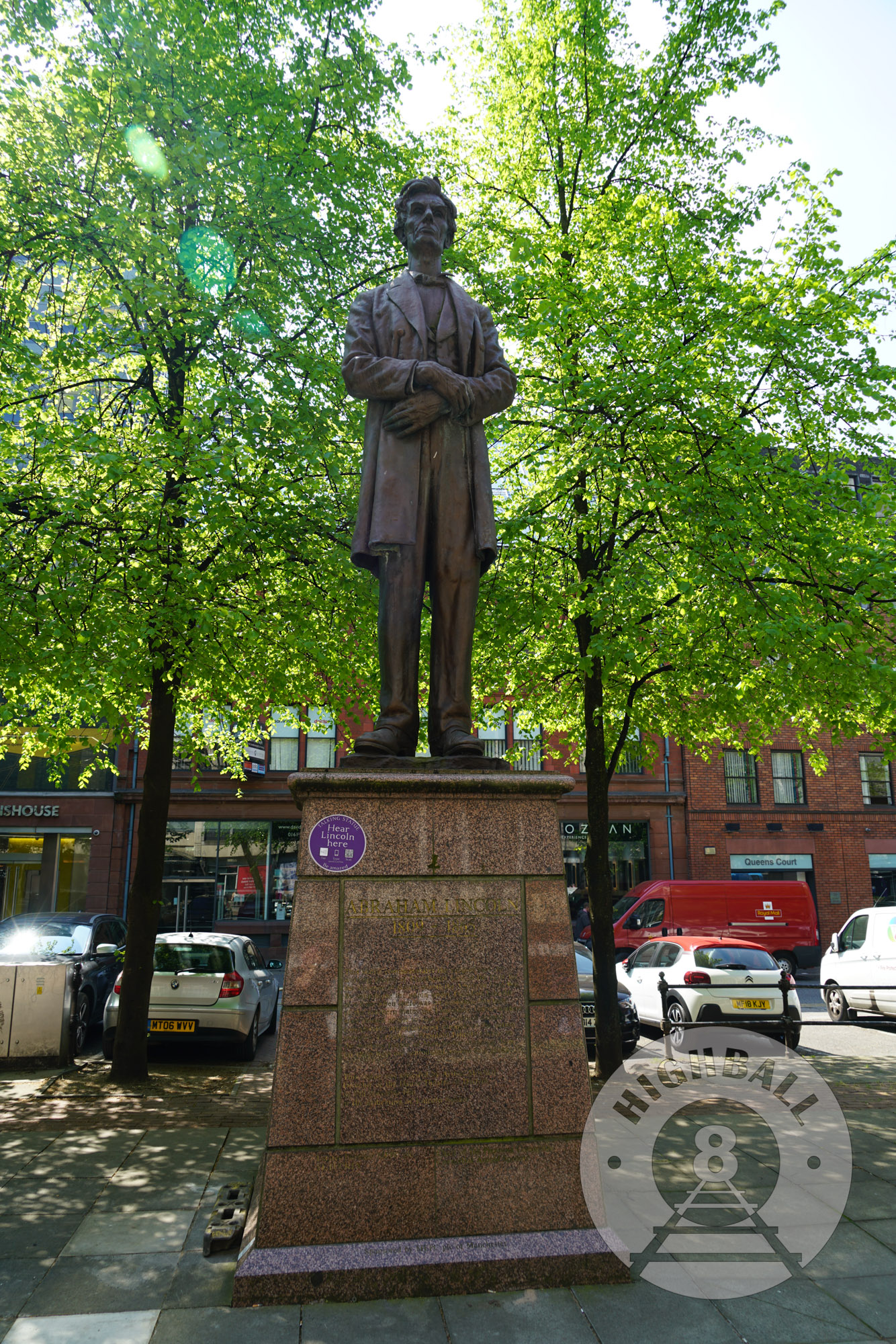
This statue commemorates the support that the working people of Manchester gave in fight for the abolition of slavery during the American Civil War. By supporting the union under President Lincoln at a time when there was an economic blockade of the southern state the Lancashire cotton workers were denied access to raw cotton which caused considerable unemployment through the cotton industry. Extracts of President Lincoln’s letter to the working people of Manchester thanking them for their help are reproduced around the plinth.
Inscription on the Abraham Lincoln Statue, Manchester
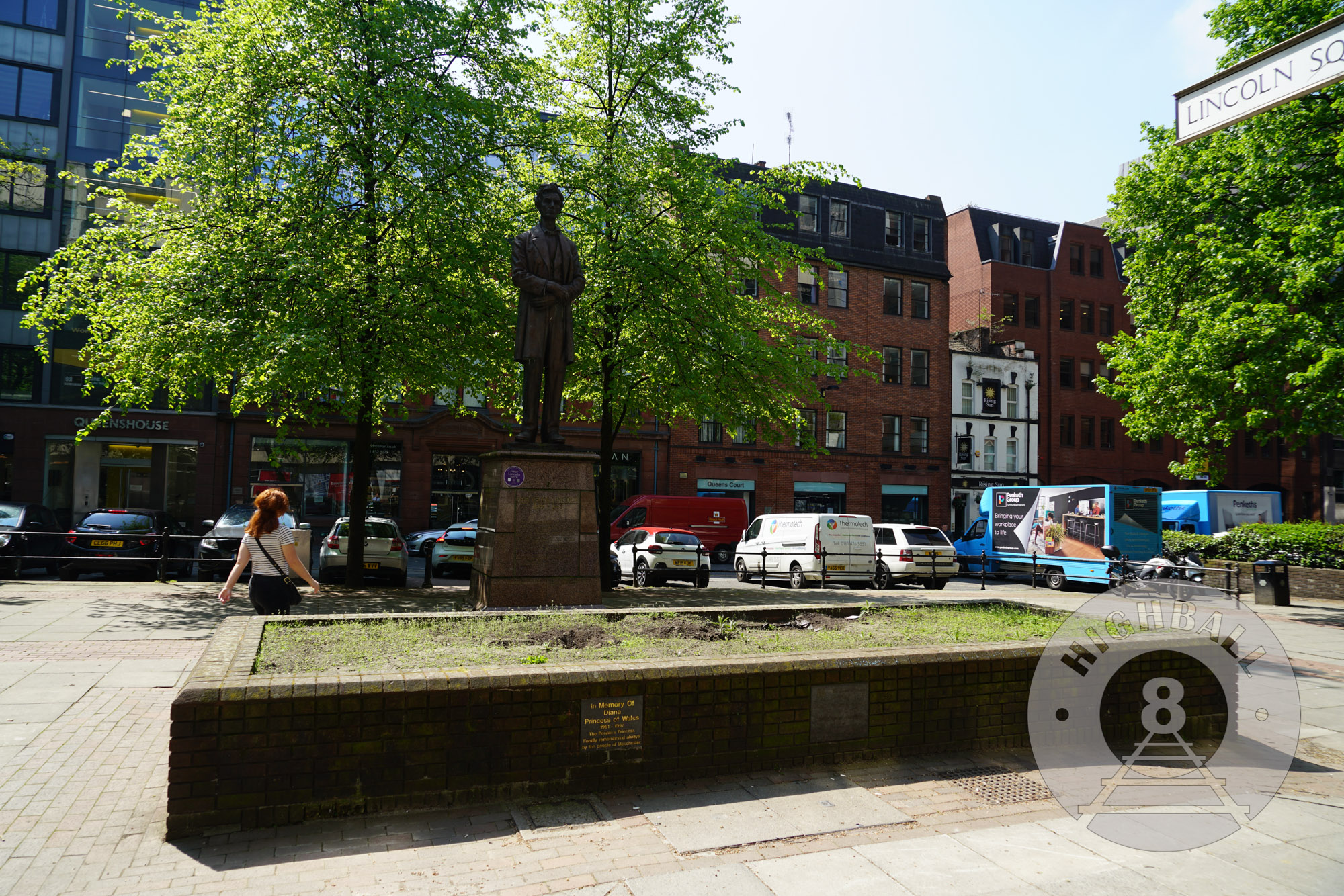
From there we continued south and west across the center of Manchester before crossing the Irwell into Salford. I had some relatives tell me that Salford was a bit rough, and perhaps you could find a part that is, but the only problem we had was with the terrible traffic on the Regent Road. The destination was Coronation Street, which is not just the supposed location of the British soap opera that’s been on TV since 1960, but also the location of the Salford Lads Club, location of the famous photograph taken for The Smiths’ album The Queen is Dead. For those who are interested, it’s a very short walk down Regent Road from the River Irwell.
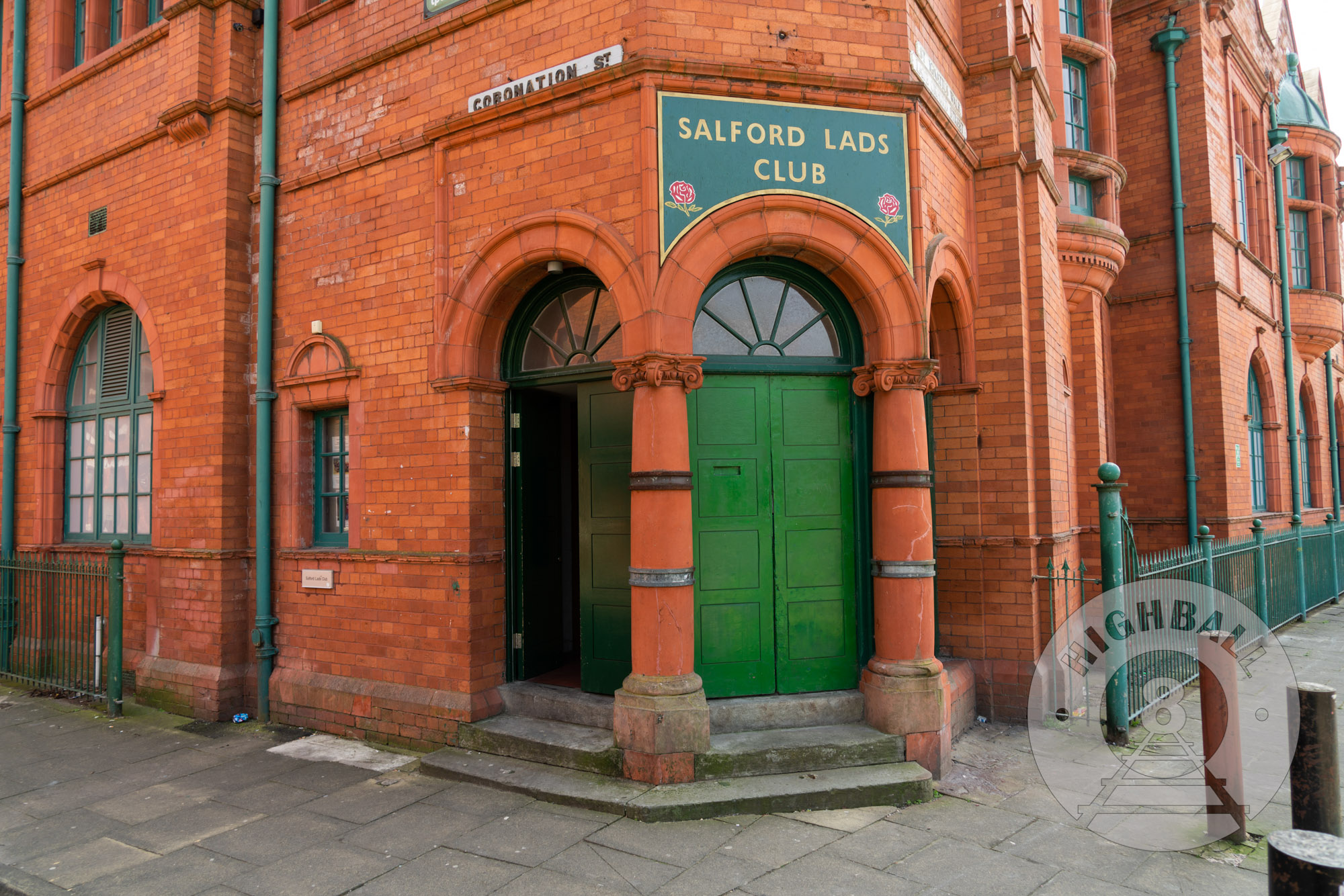
After crossing back over into Manchester proper we continued taking in the history of Manchester’s people at the People’s History Museum. A new museum located in an old pumping station in the Spinningfields area It’s a large and modern museum that traces social struggle and progress in Great Britain from the 18th Century through the present. The museum itself is located not far from the site of the 1819 Peterloo Massacre, an important event in that story. I thought it was a very impressive museum.
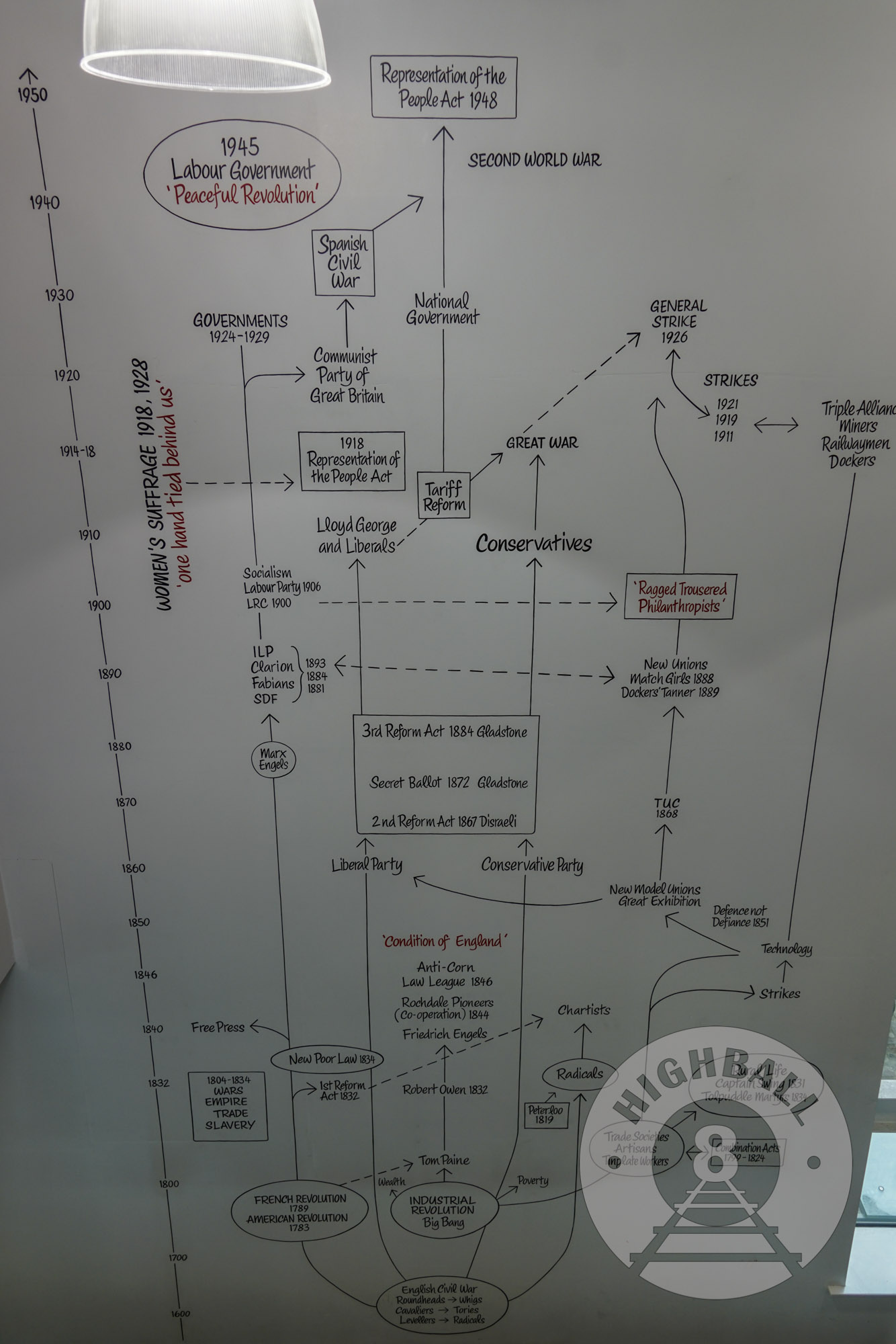
We ate at Rudy’s Pizza in Ancoats two of the three nights we were in Manchester. This is a very popular (and hip) restaurant that prides itself on attention to detail when preparing and cooking Neapolitan-style pizza. Try the Portobello pizza with some Nocarella olives as your starter. Other places worth checking out for food are The Koffee Pot and Turtle Bay, both on Oldham Street in the Northern Quarter. The Koffee Pot has great breakfast at decent prices, as well as a bar, and Turtle Bay is a cool Caribbean spot with Jamaican food and West Indian-inspired cocktails.
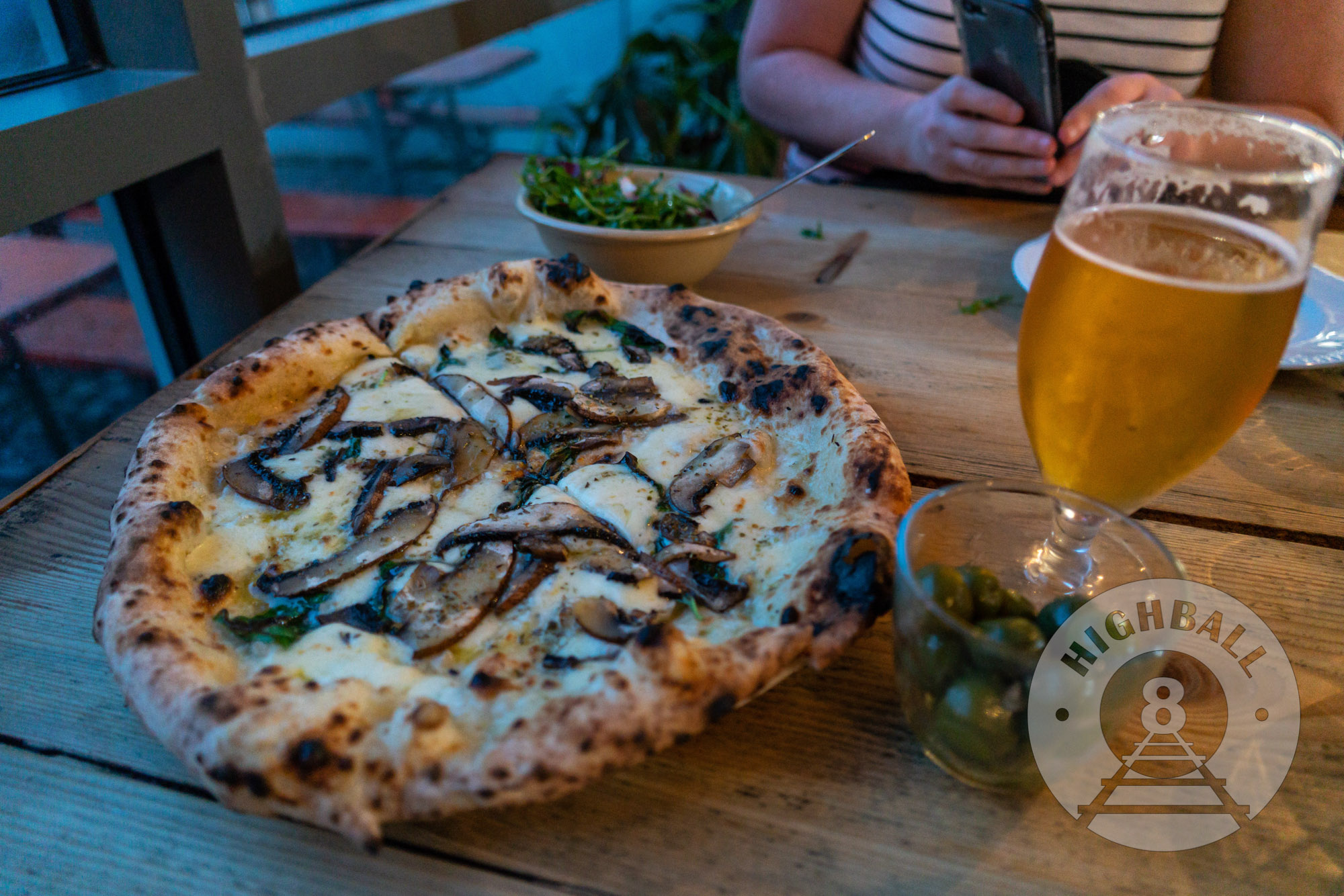

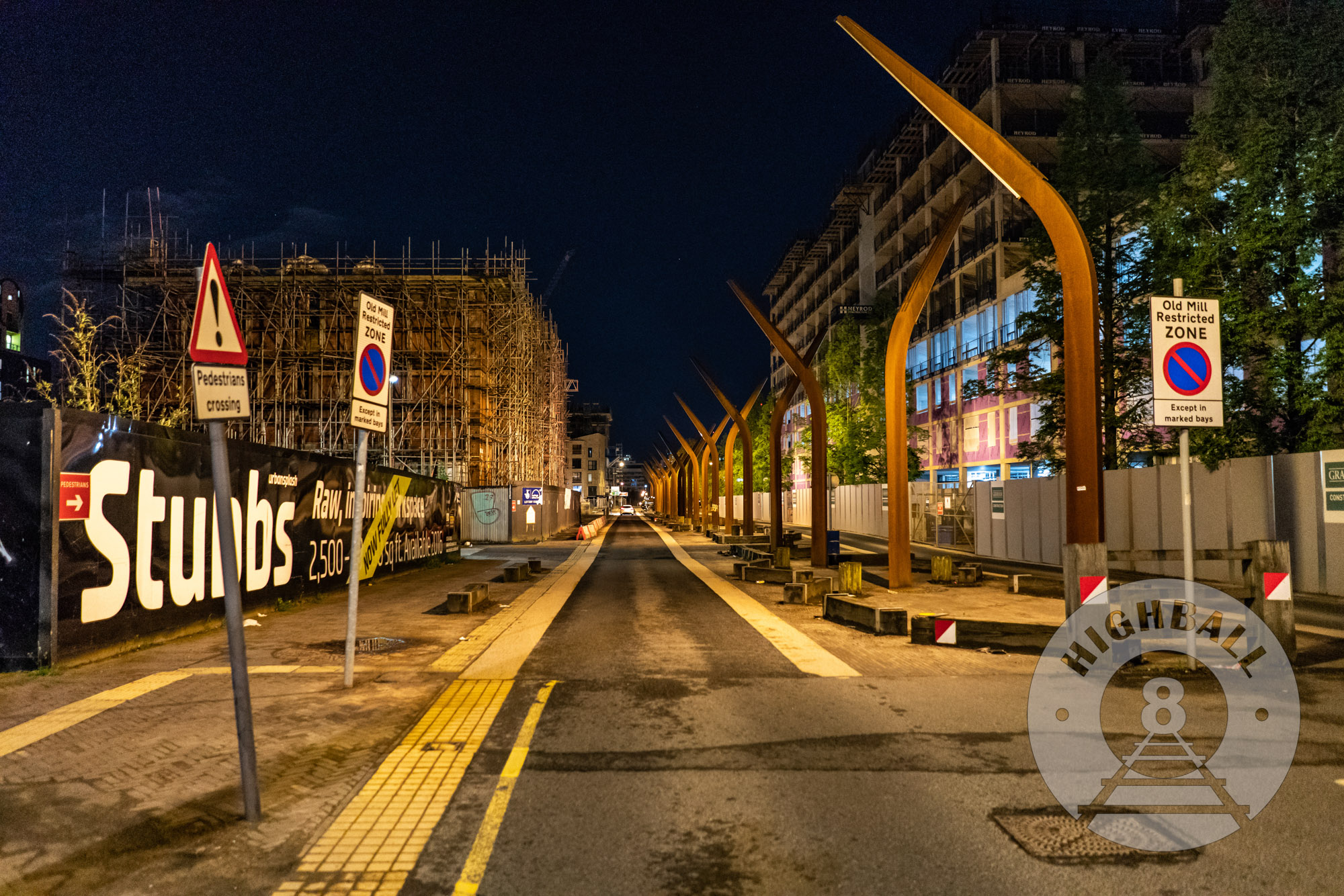
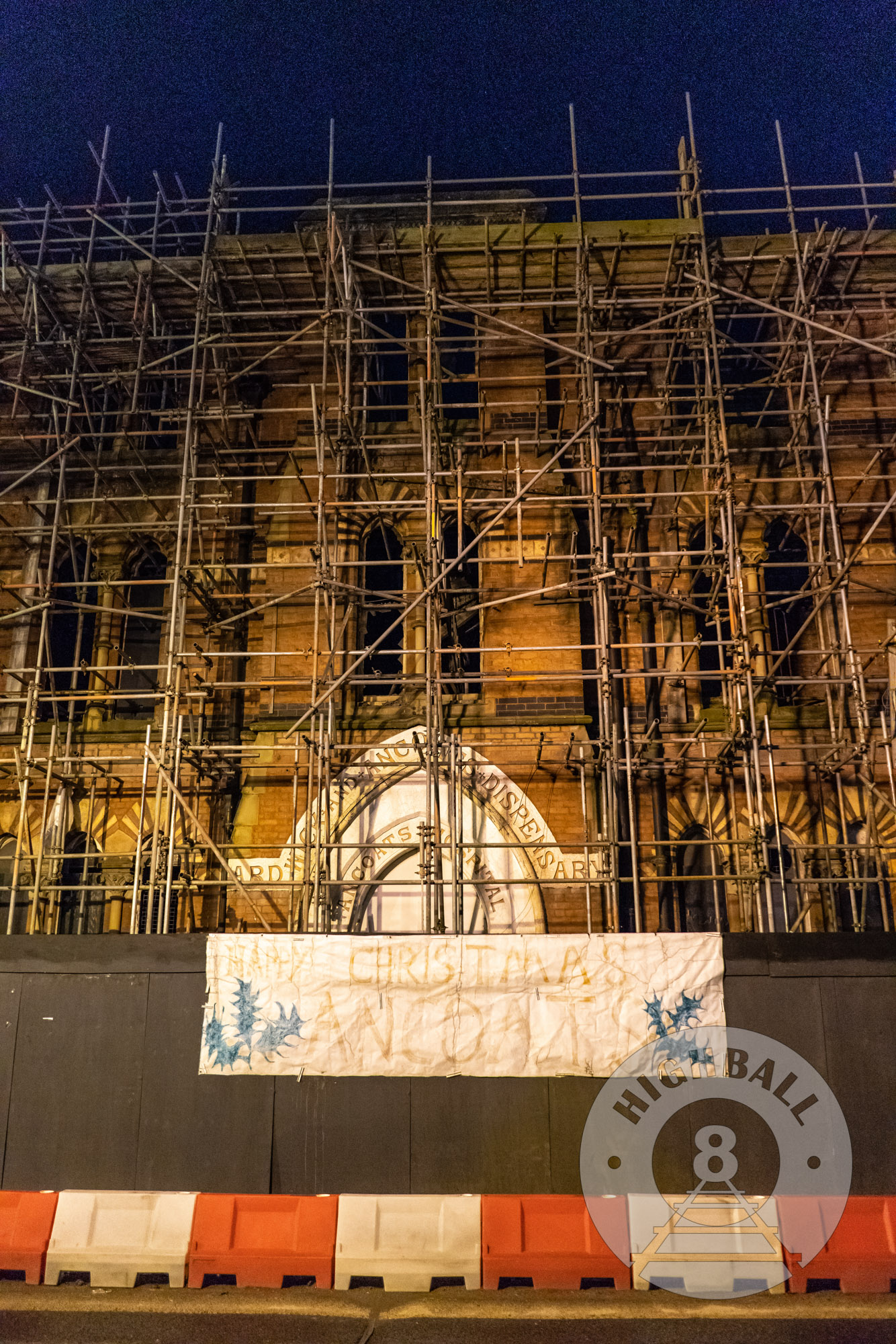
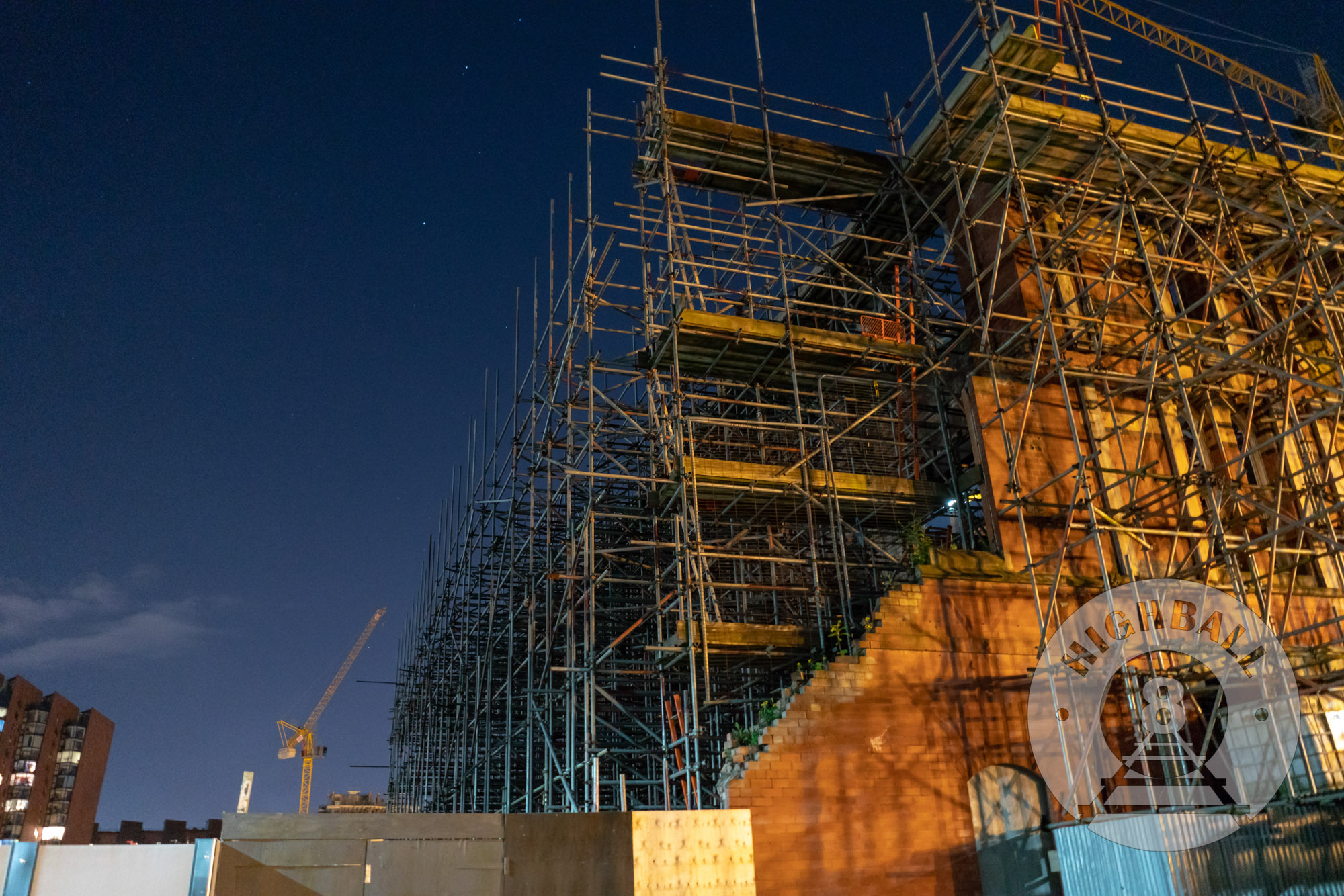
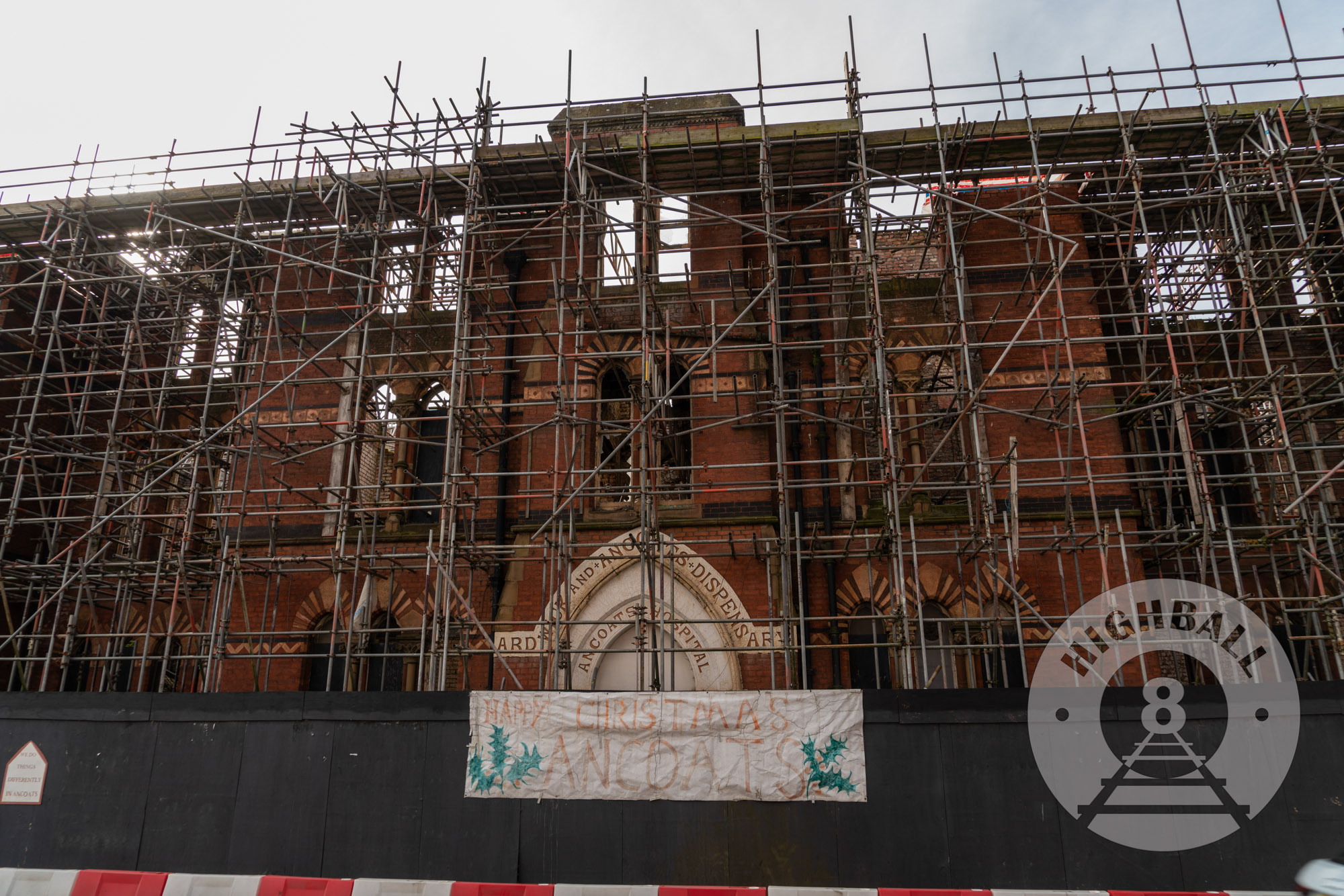
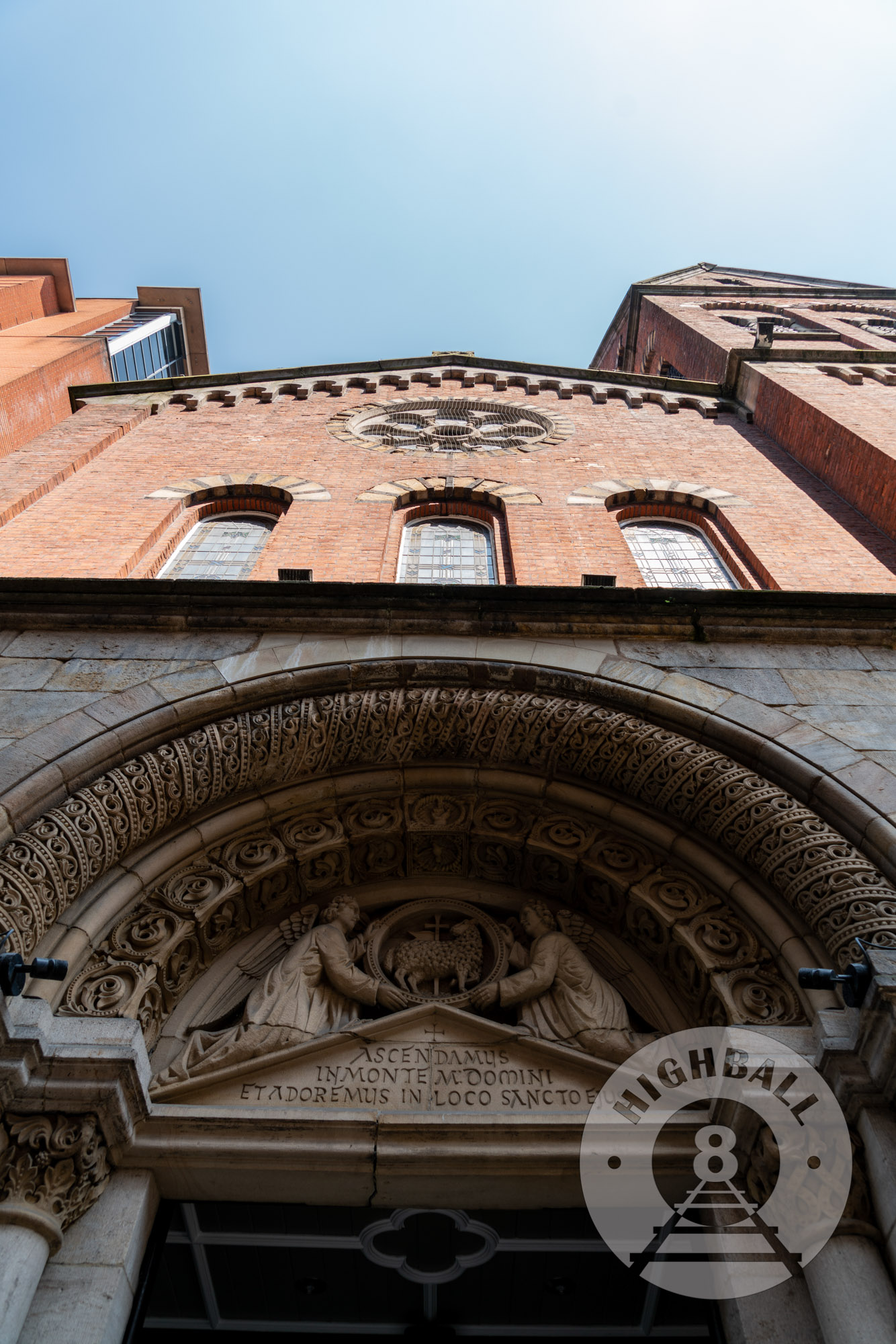
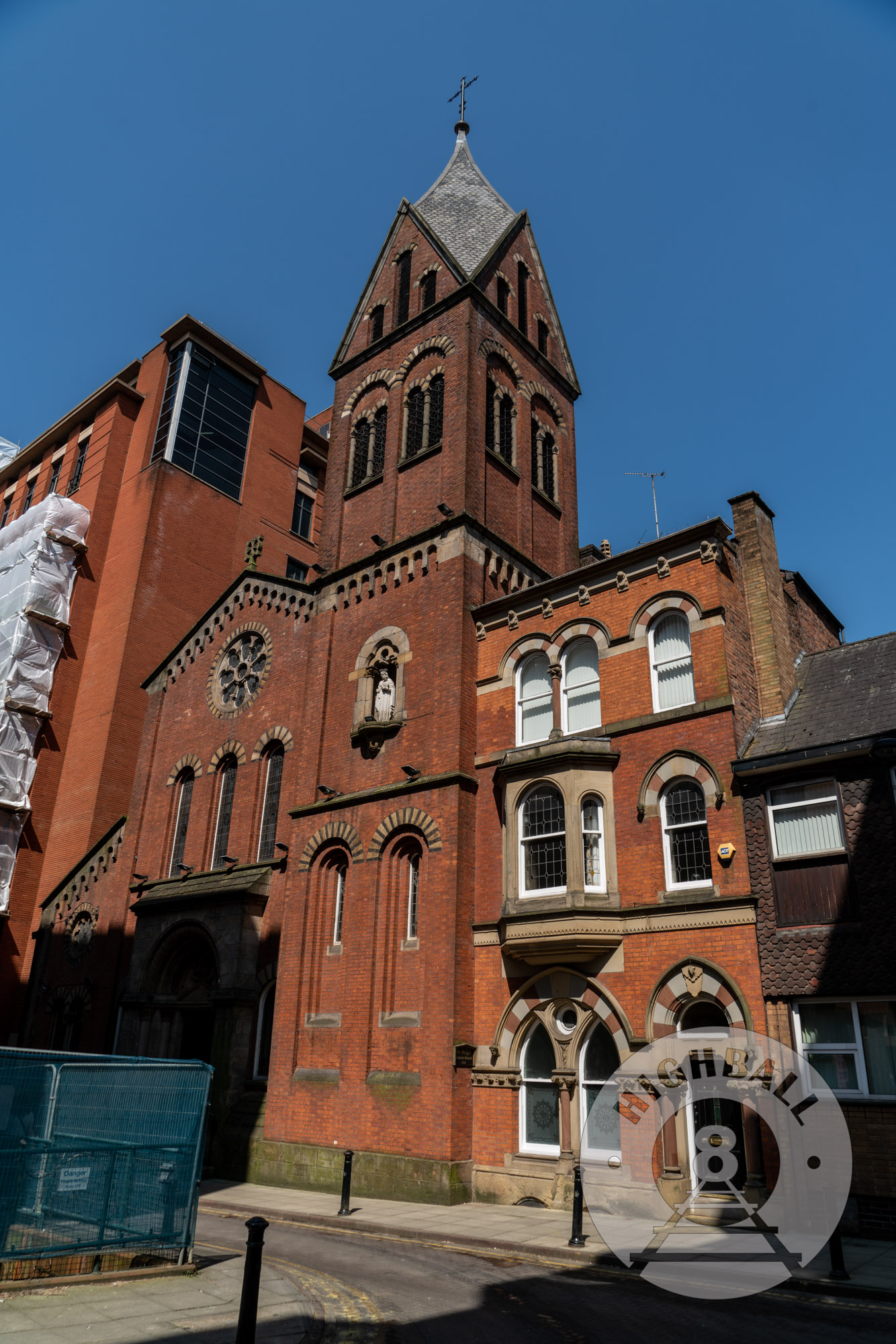
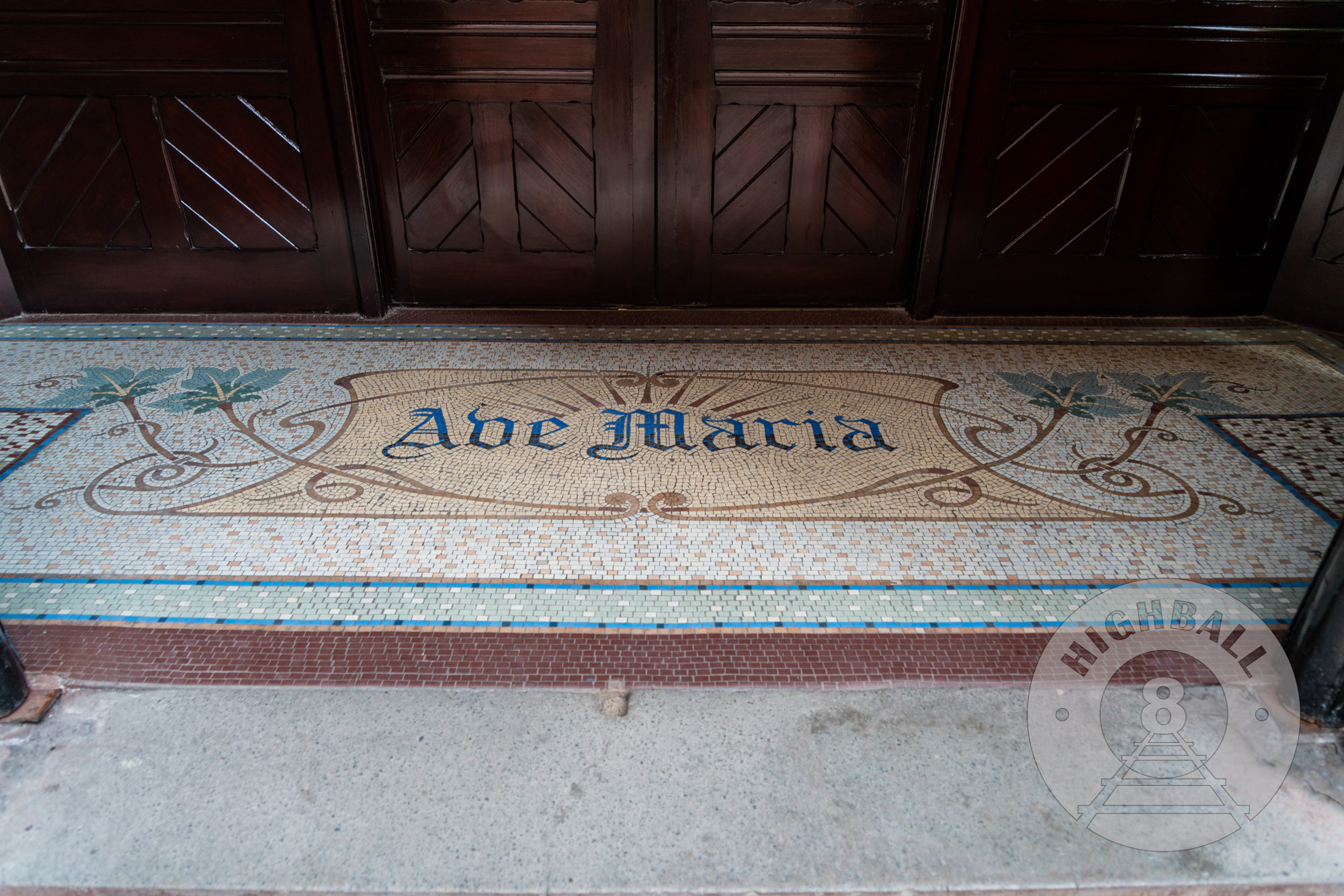
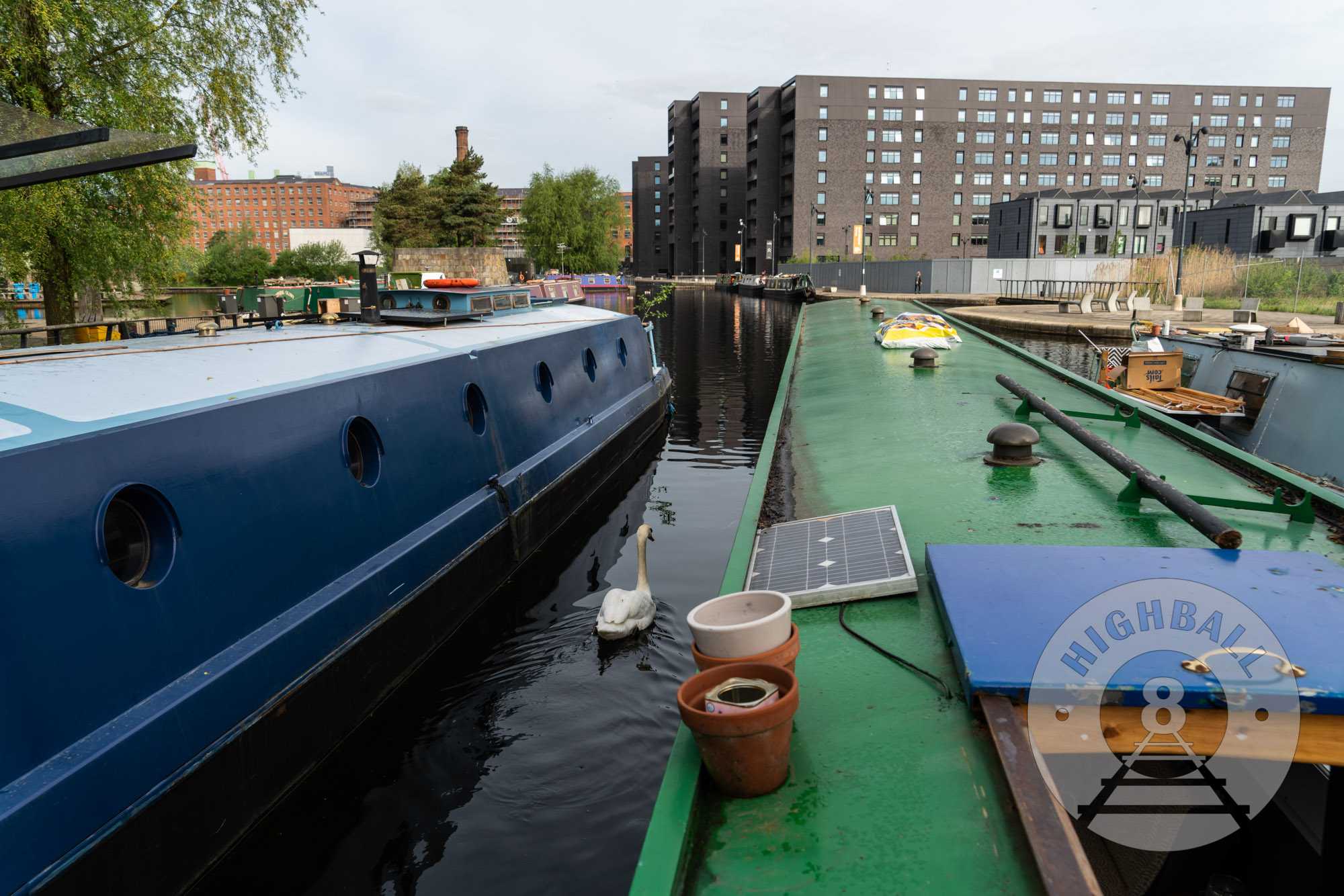
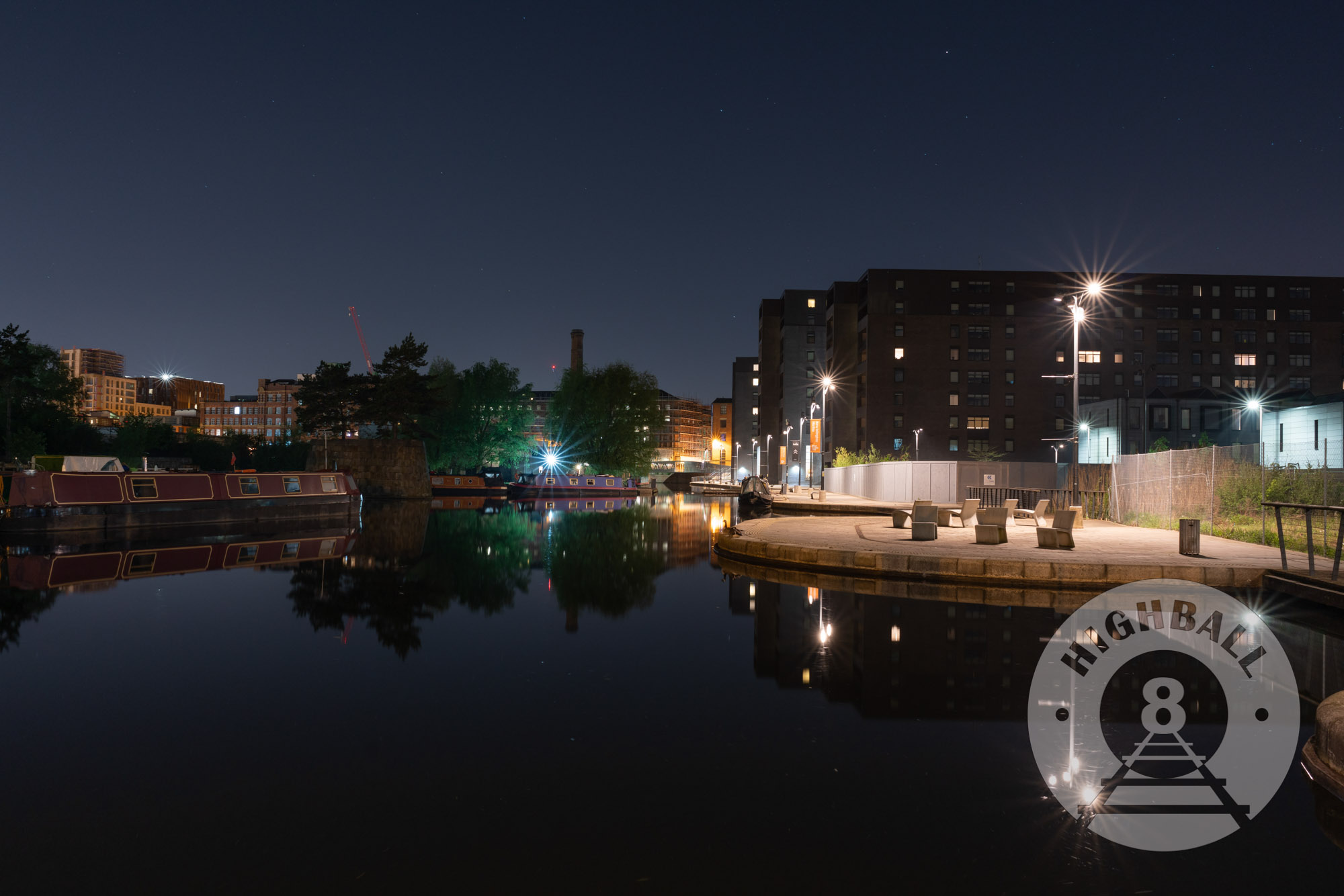
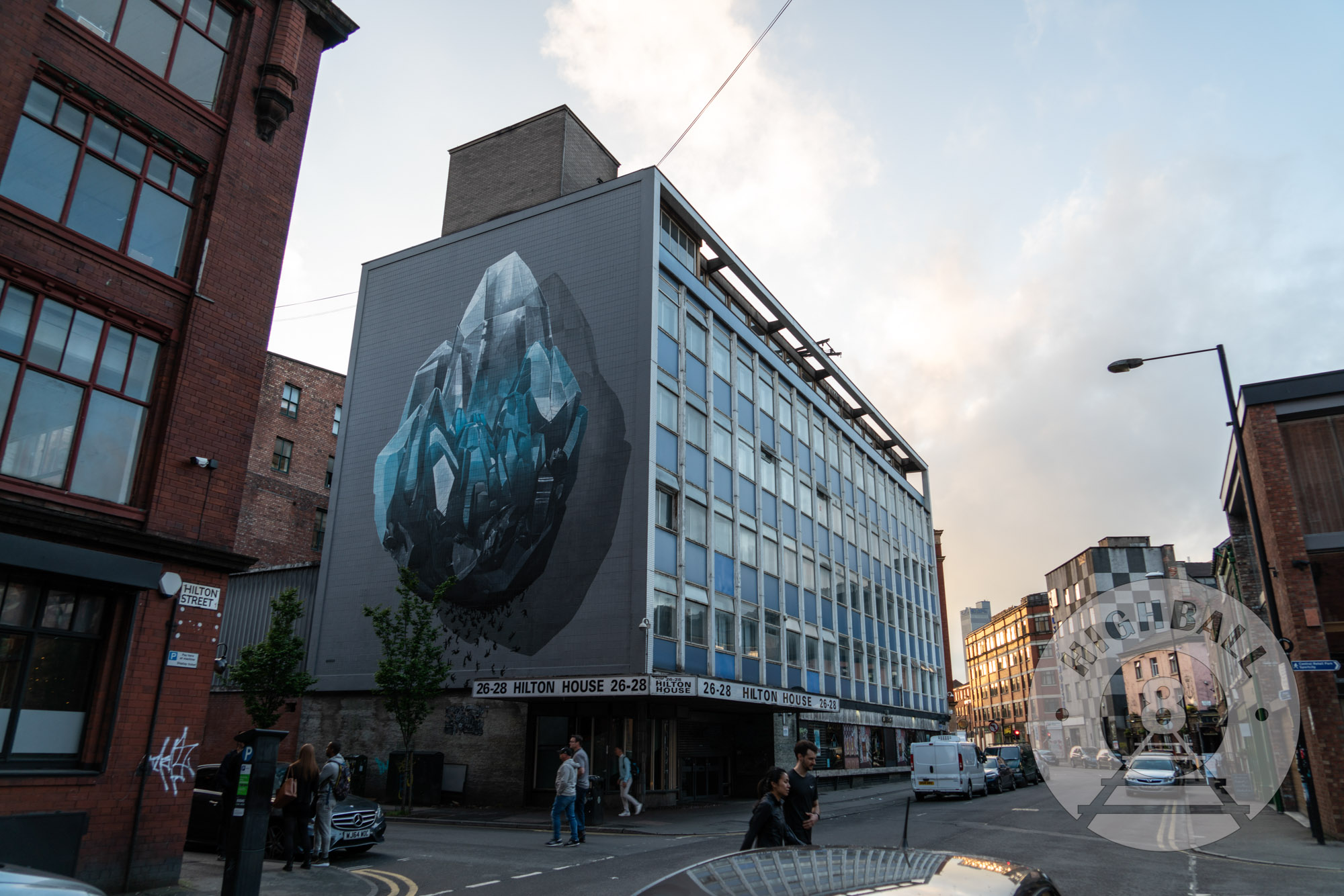
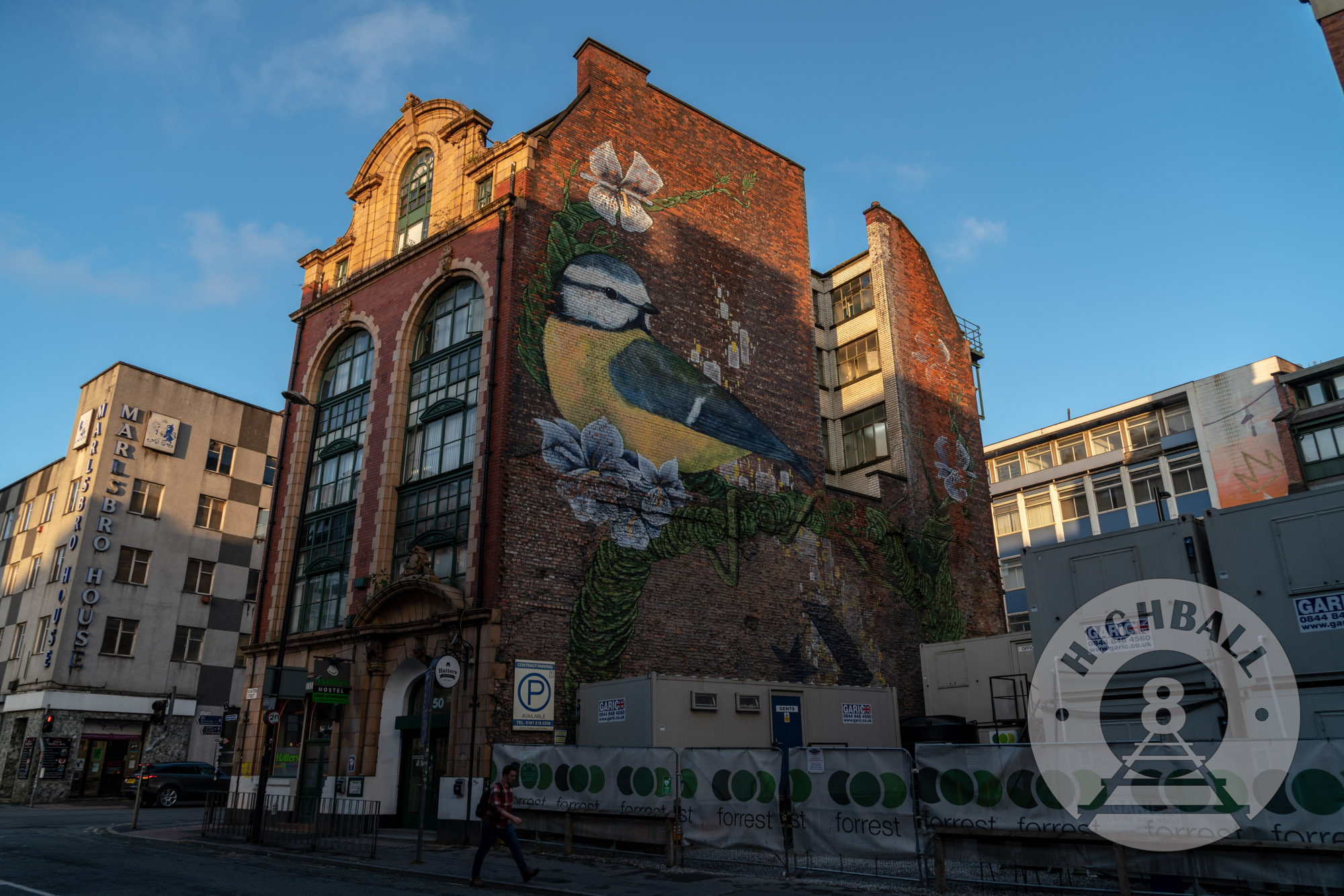
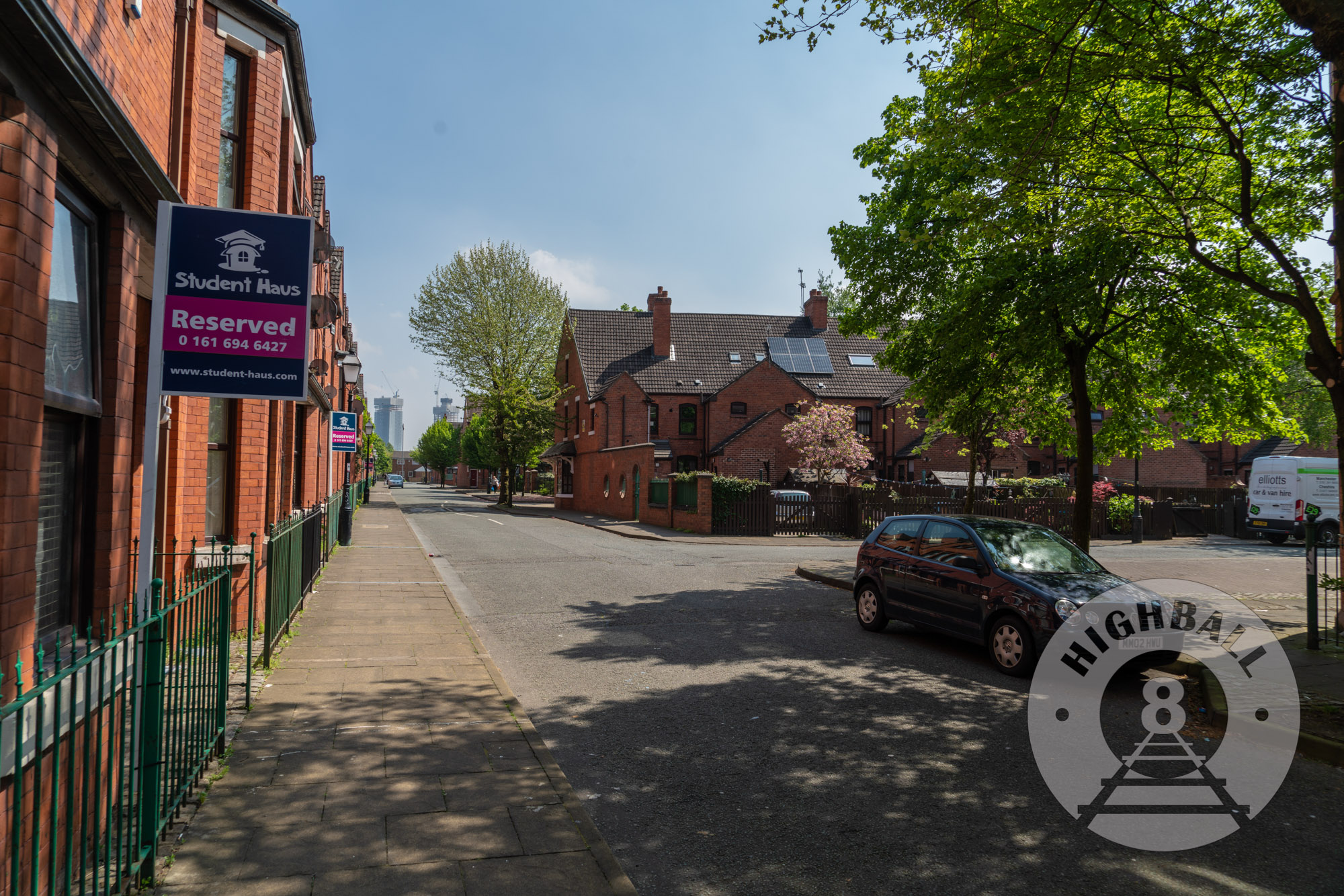
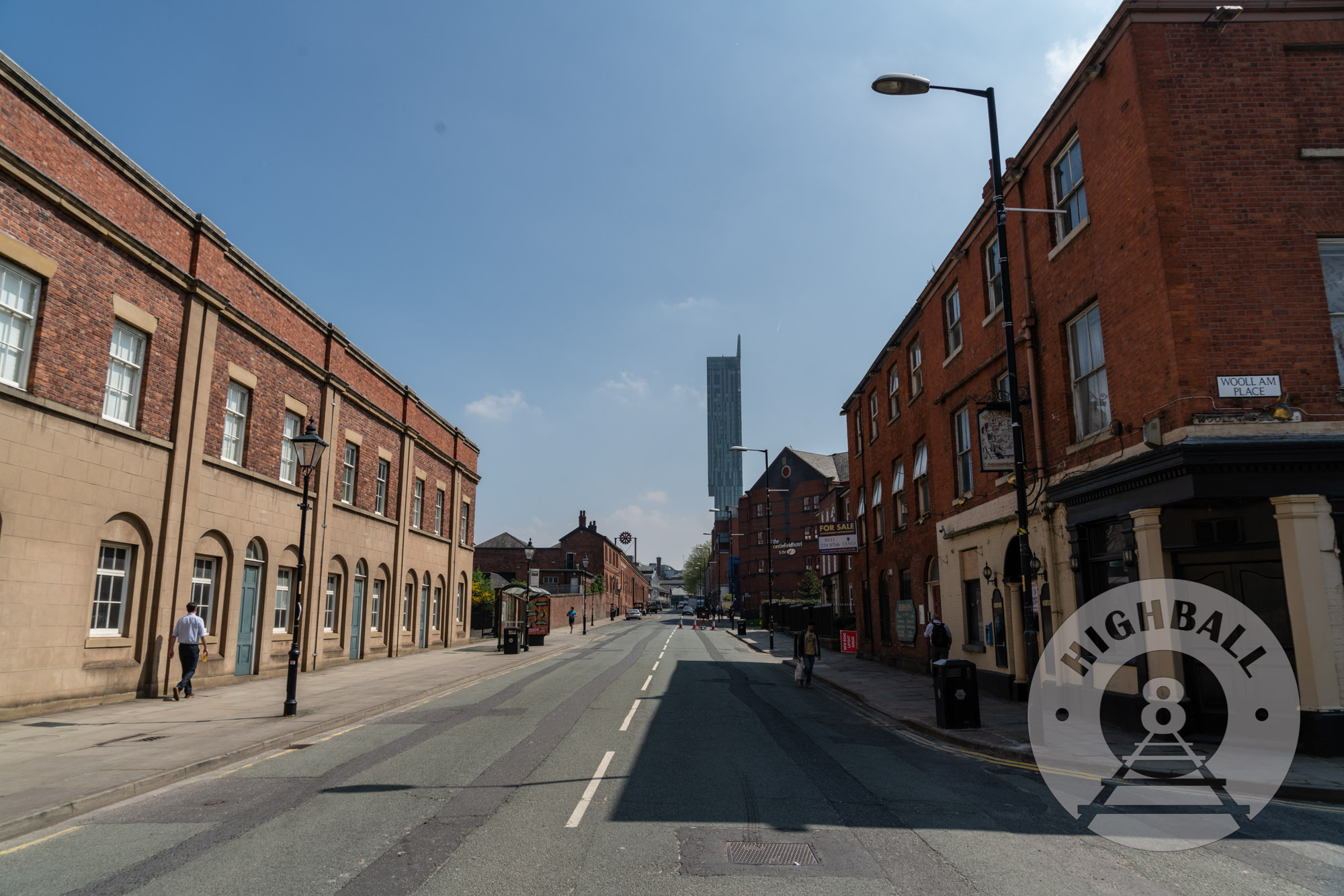
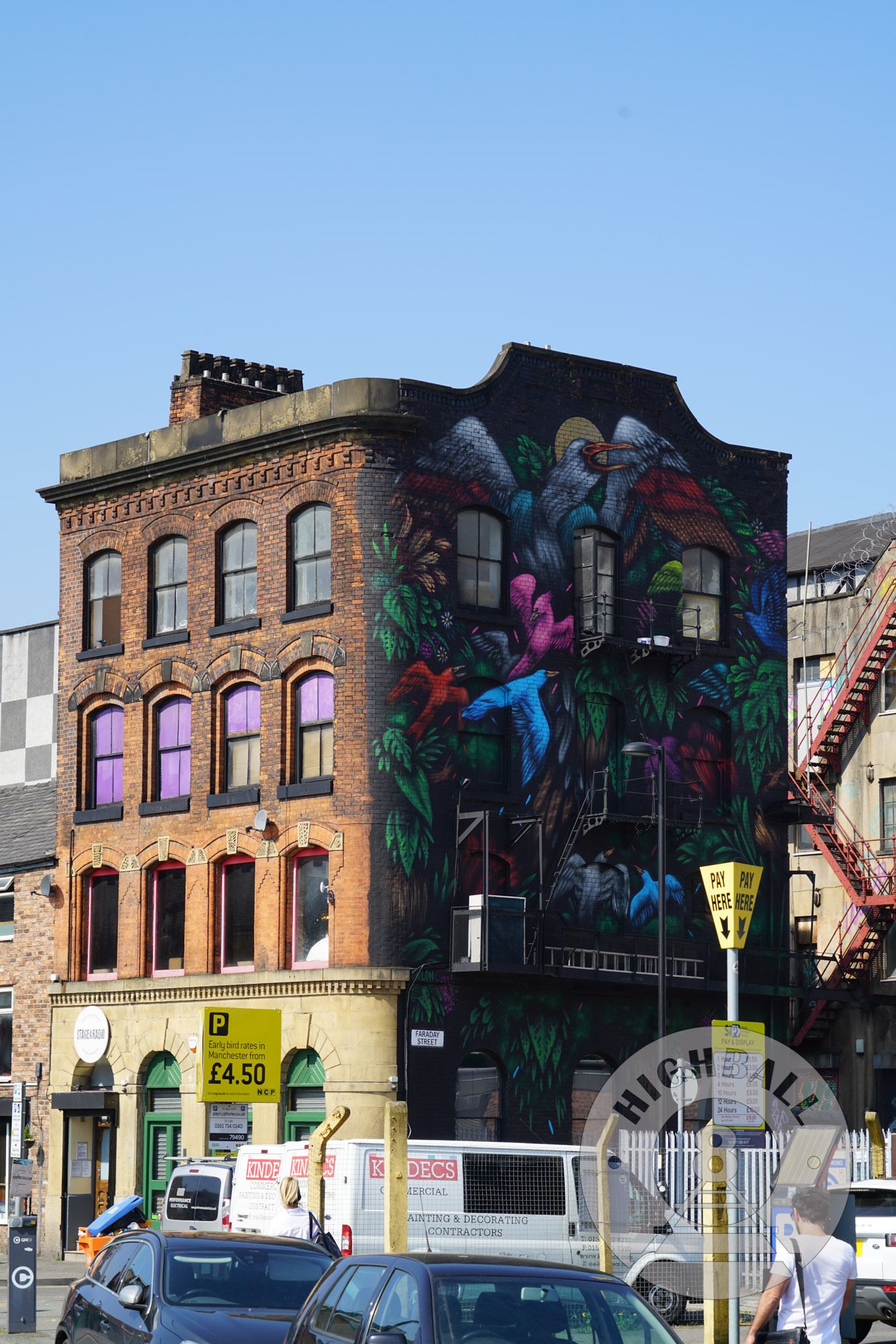
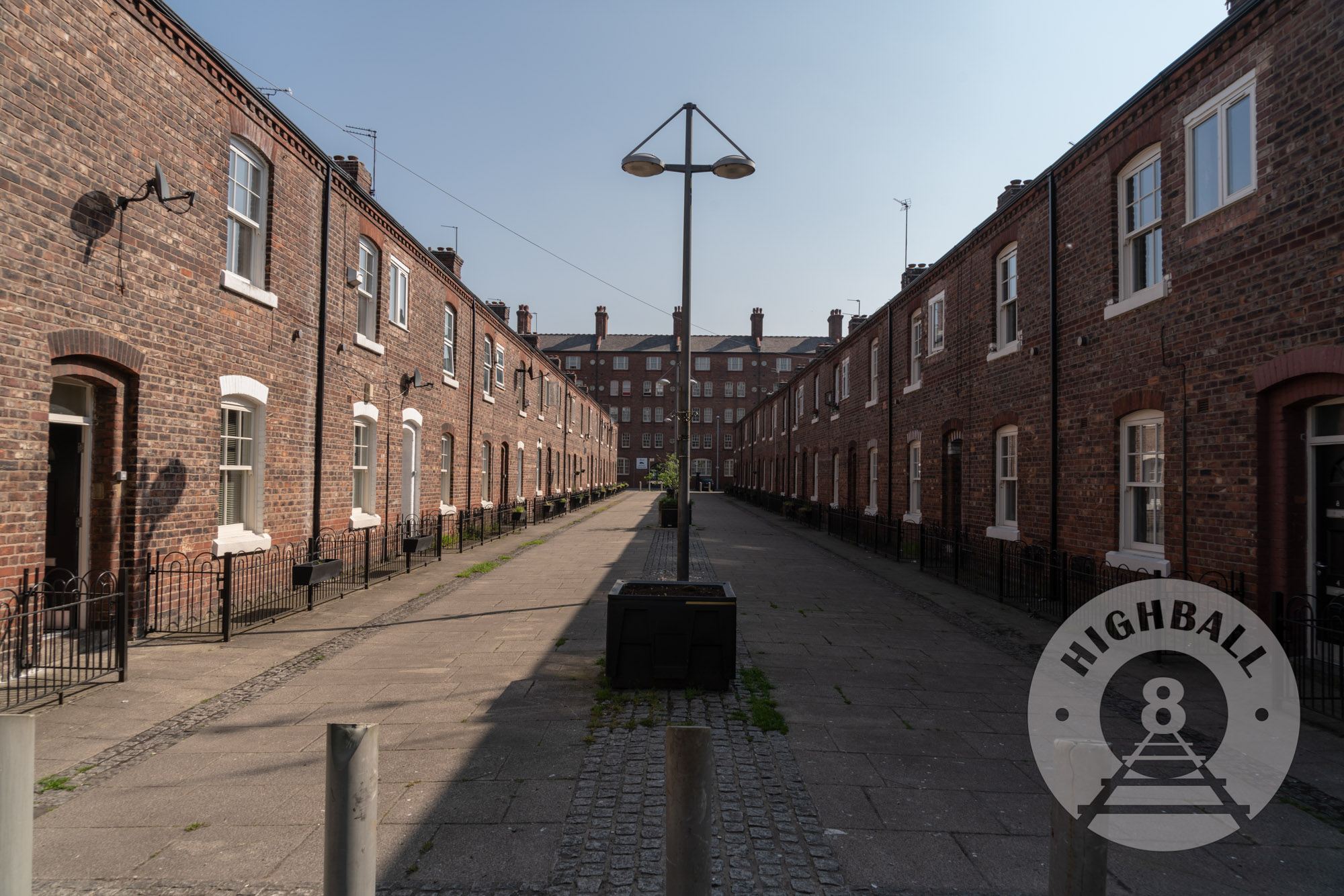
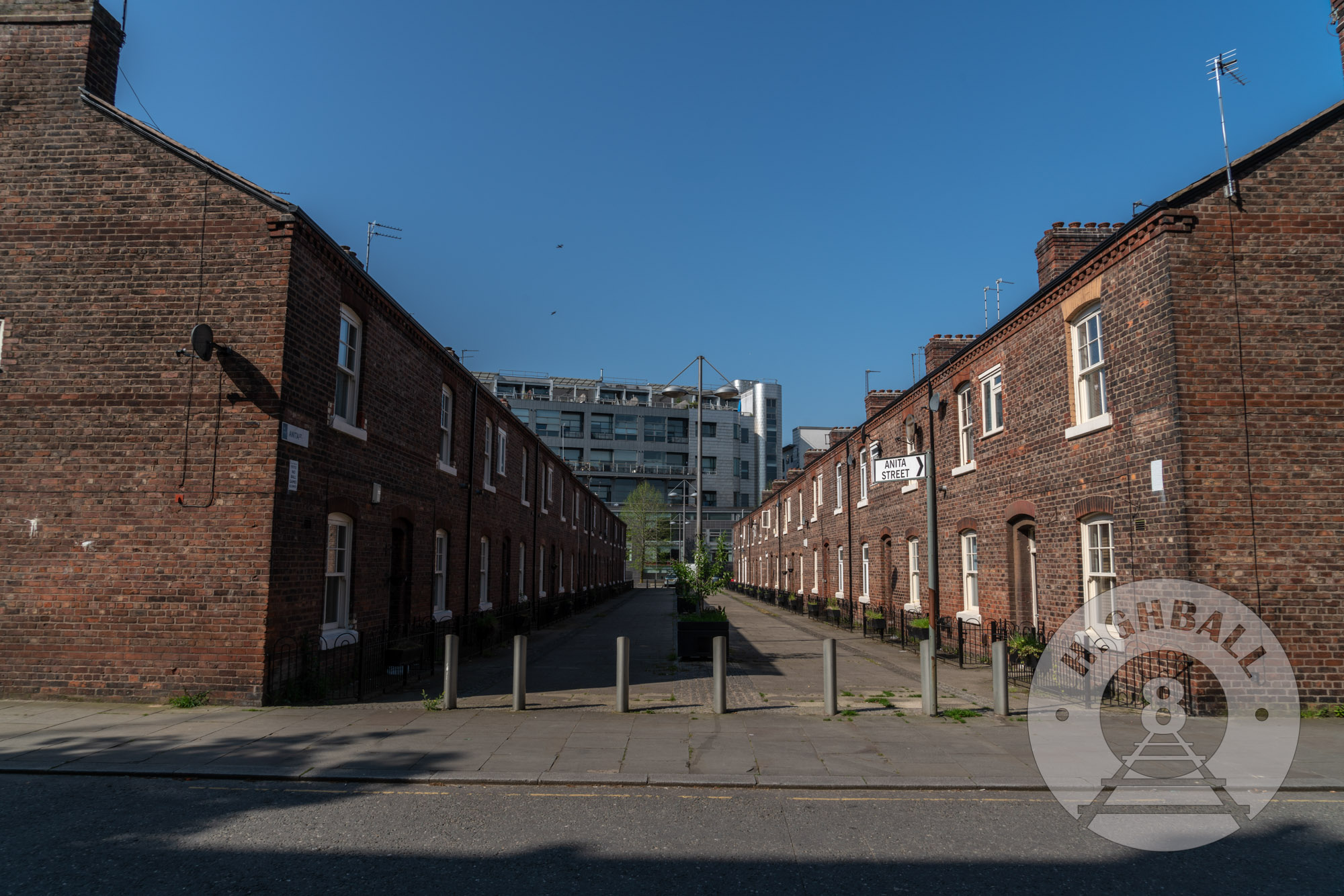
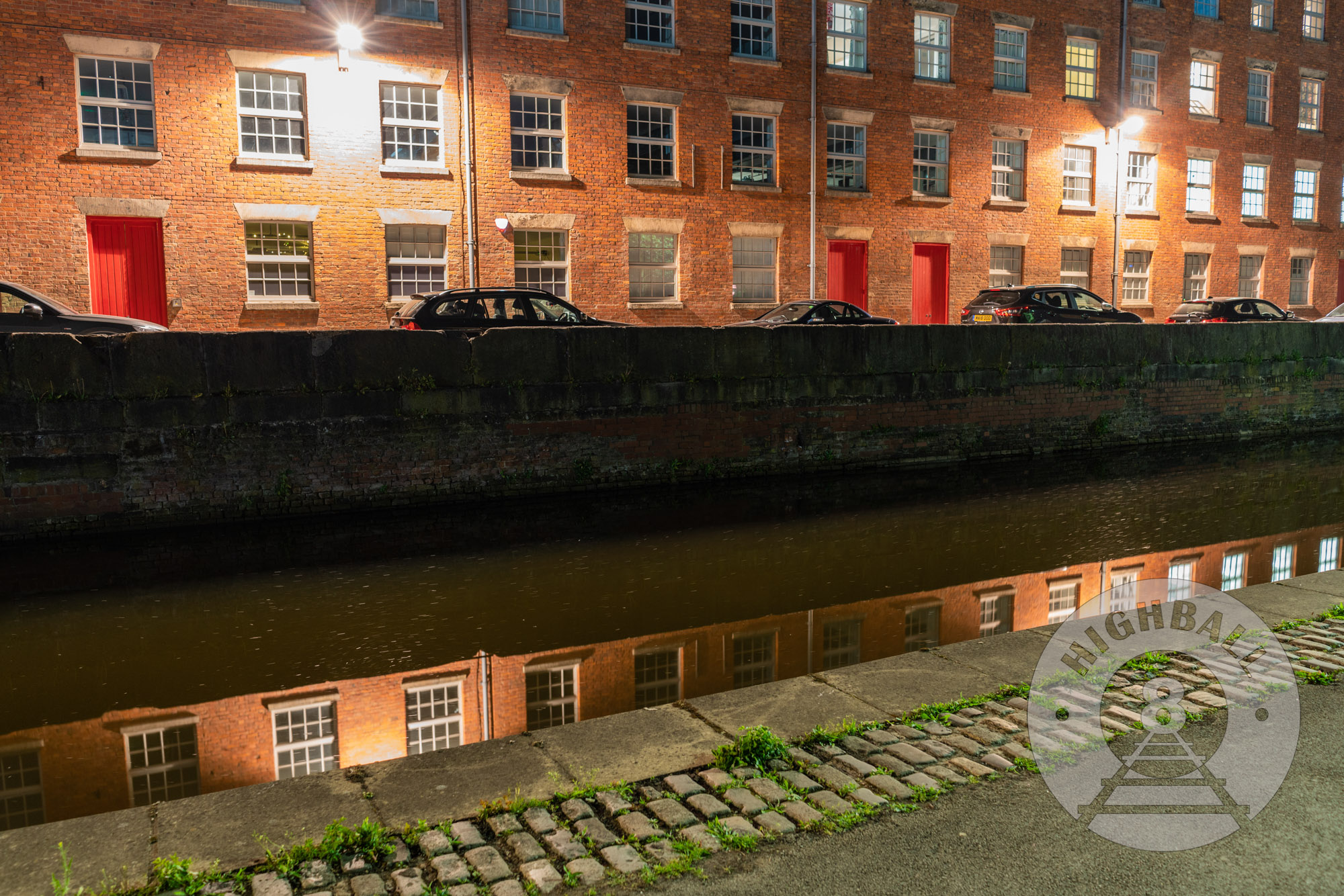
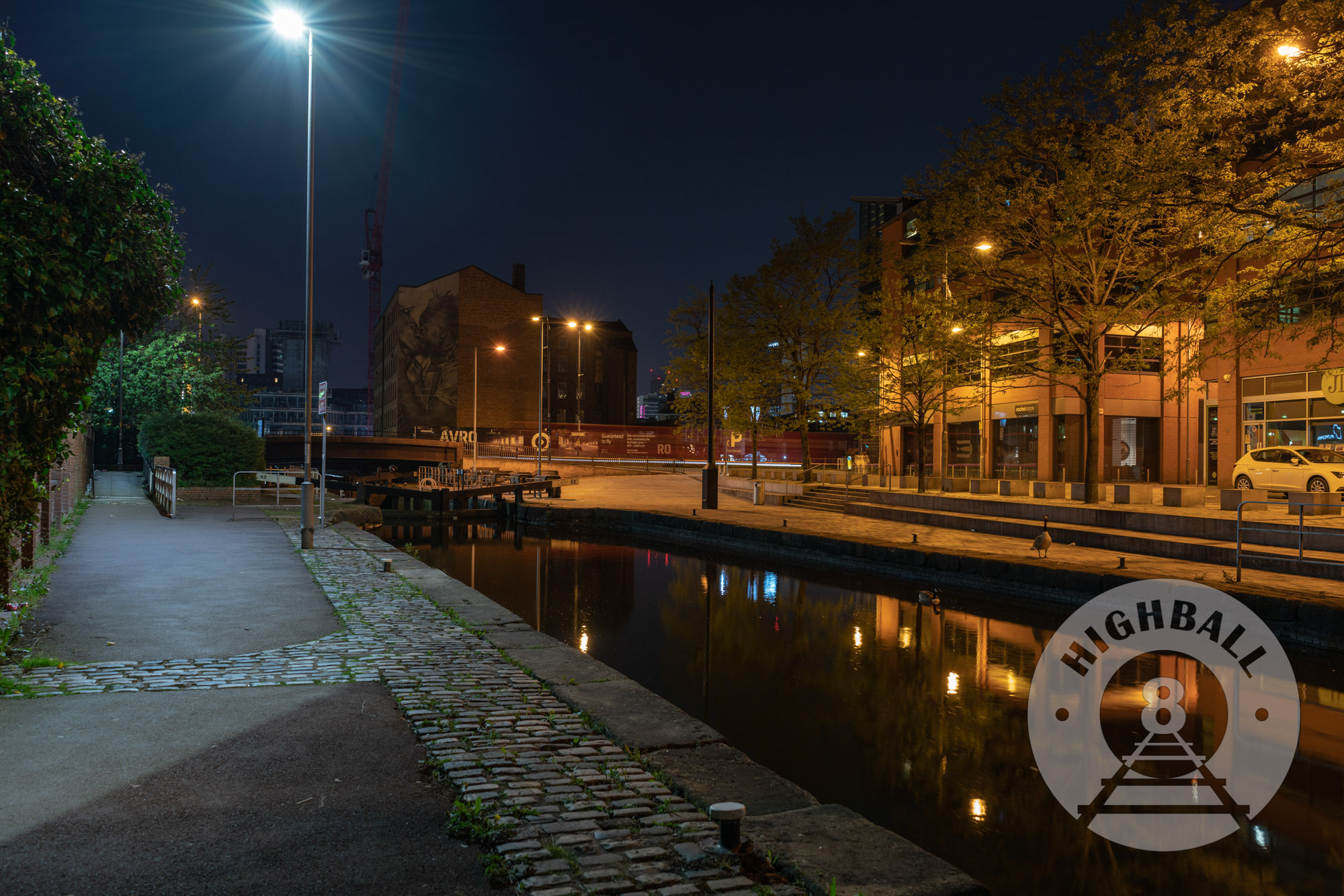
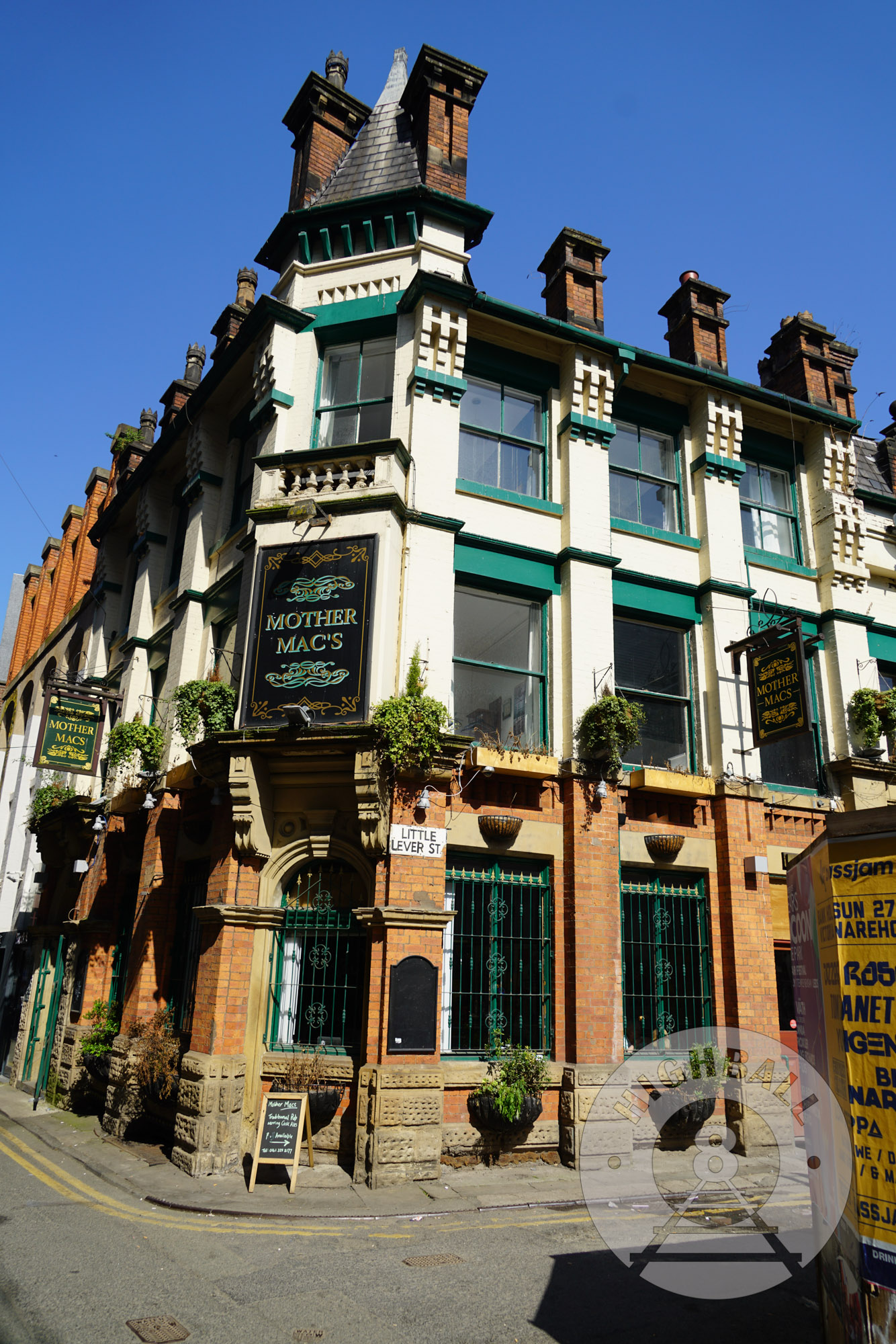
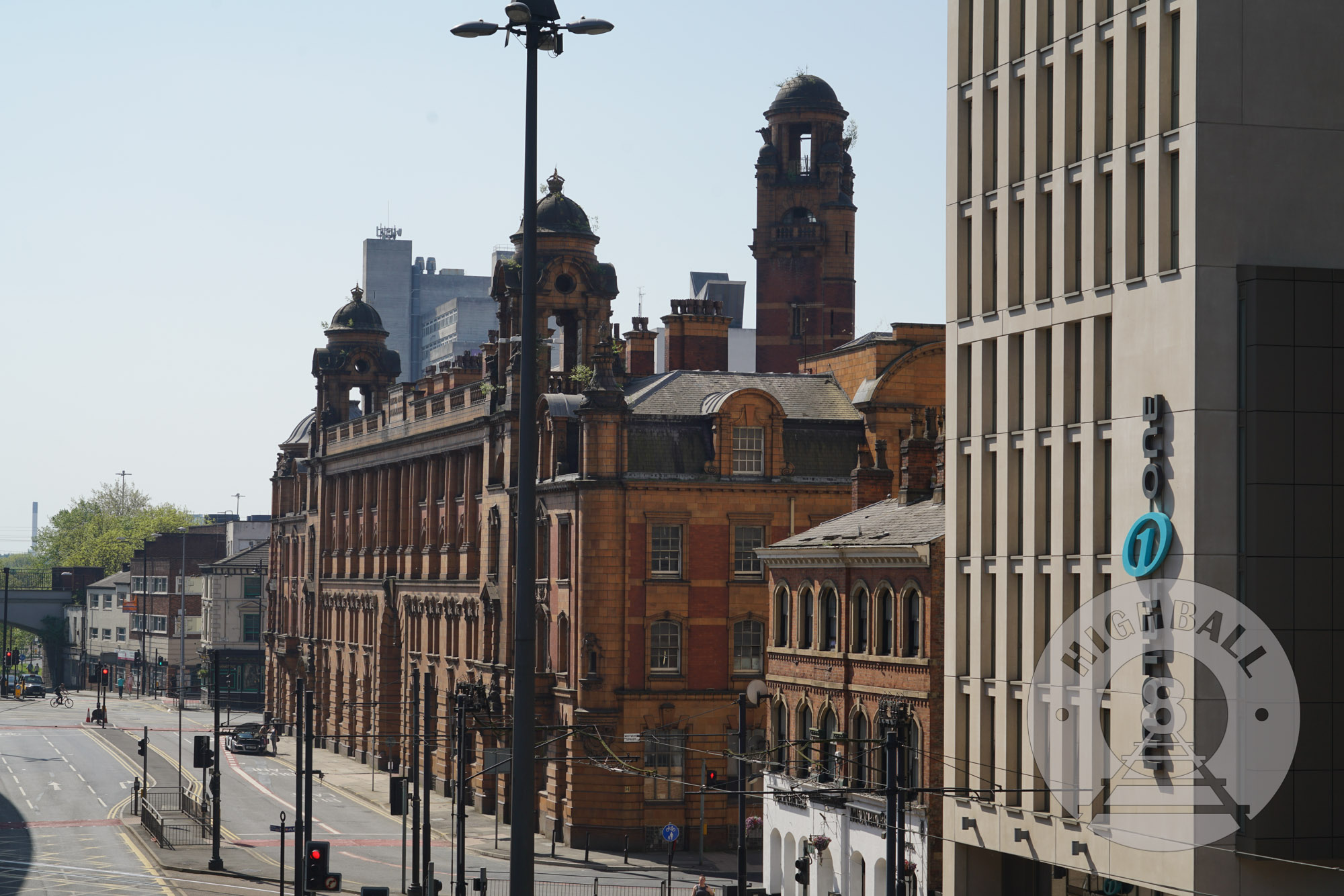
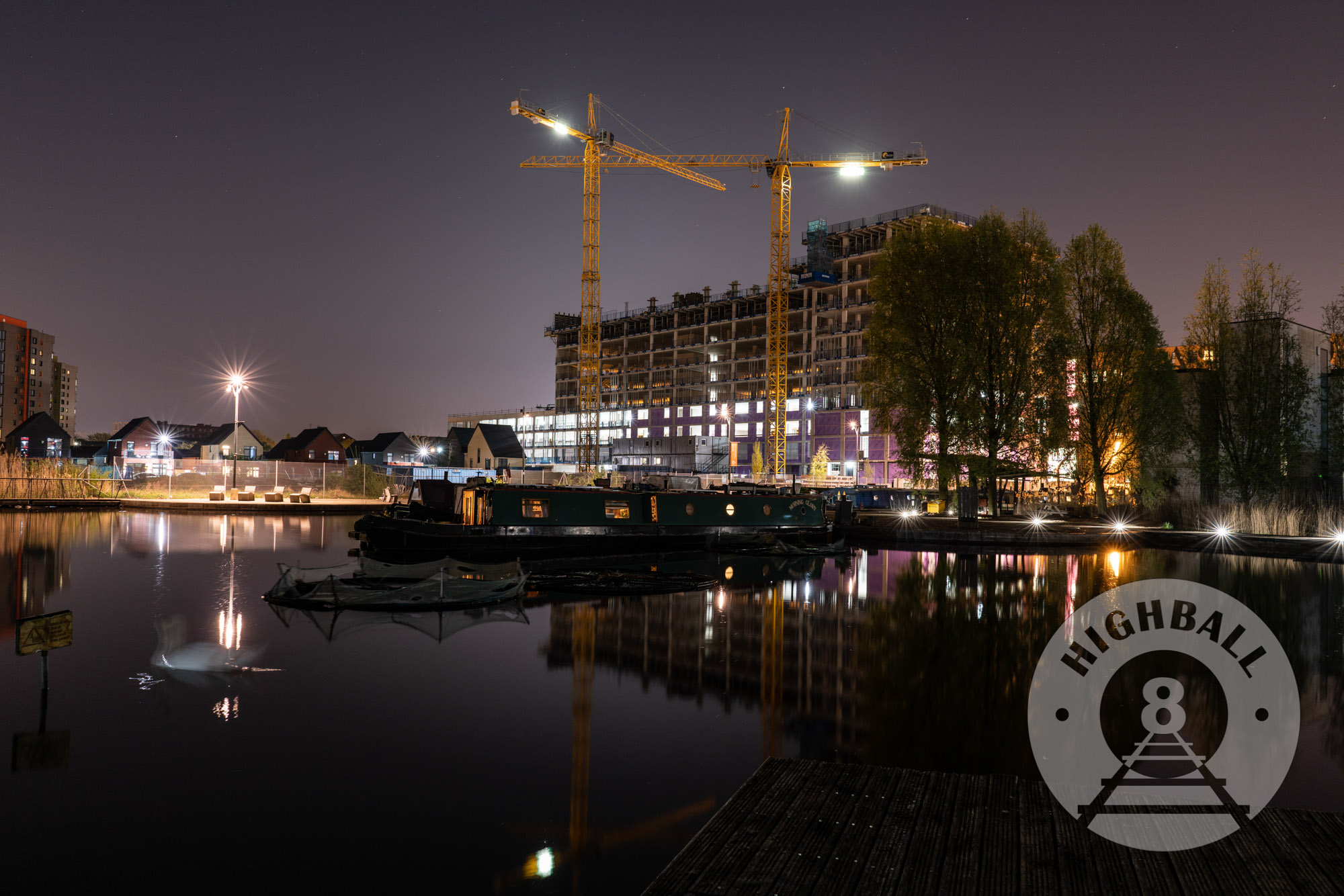
 The West Highland Line: Lochs, Moors, and Scotland’s West Coast
The West Highland Line: Lochs, Moors, and Scotland’s West Coast